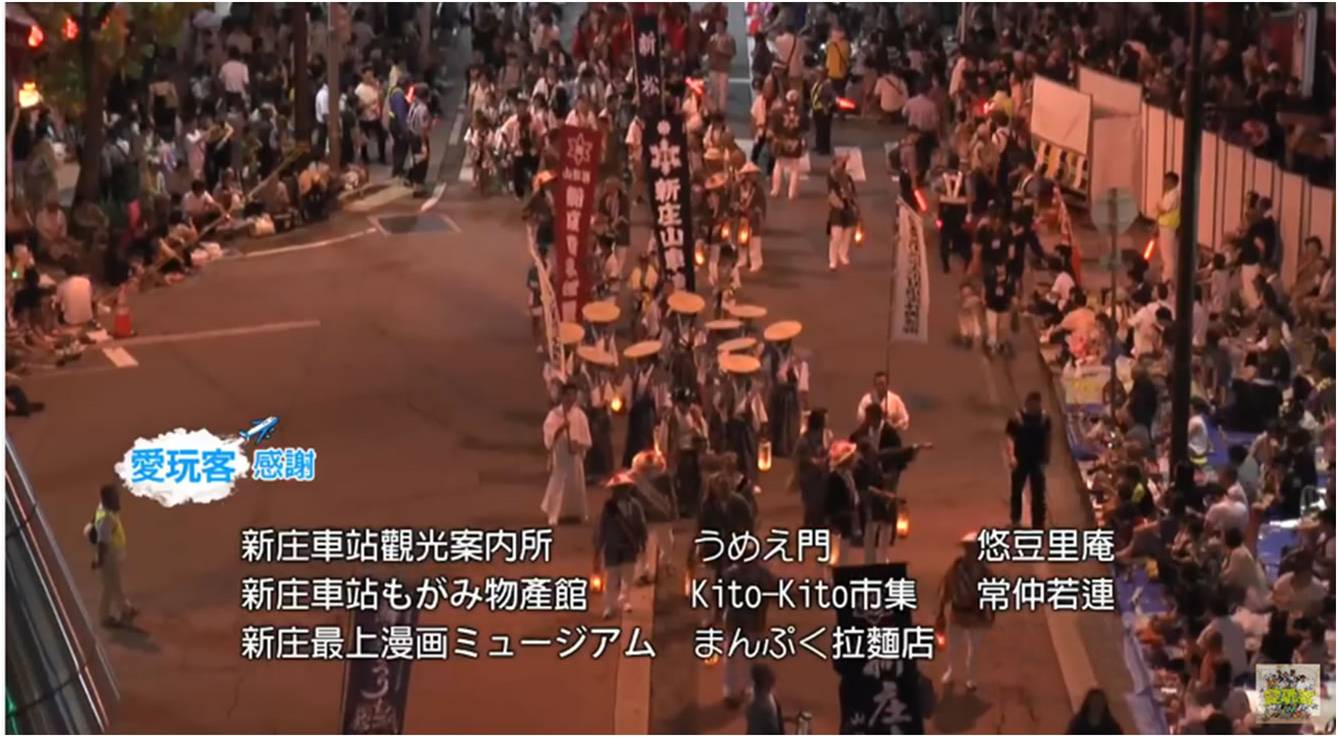
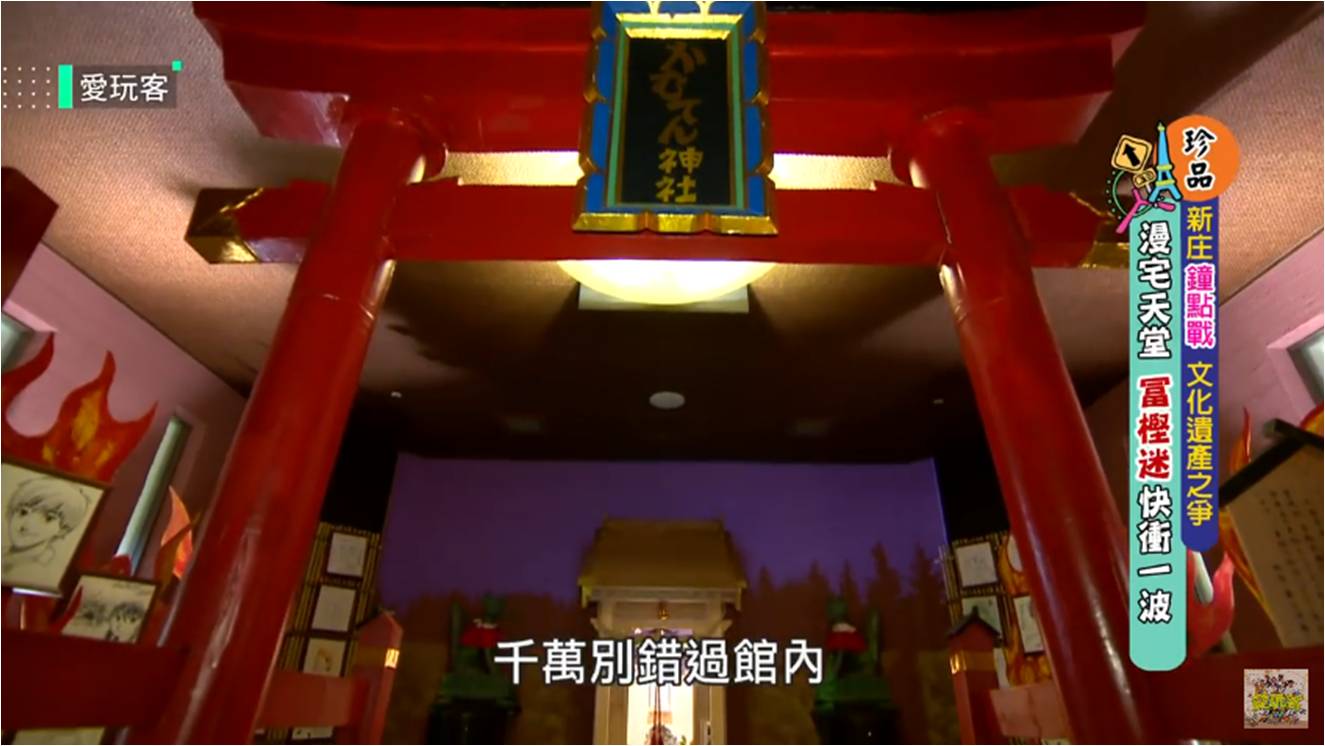
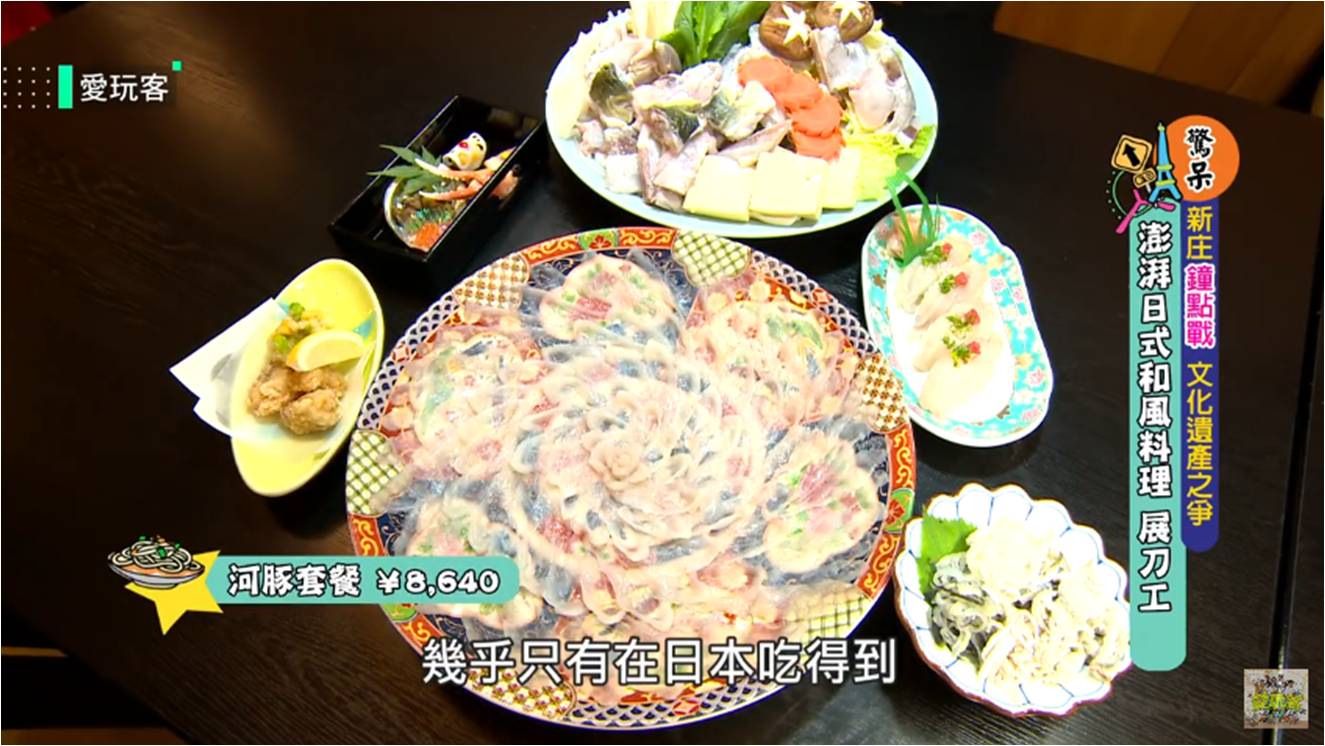
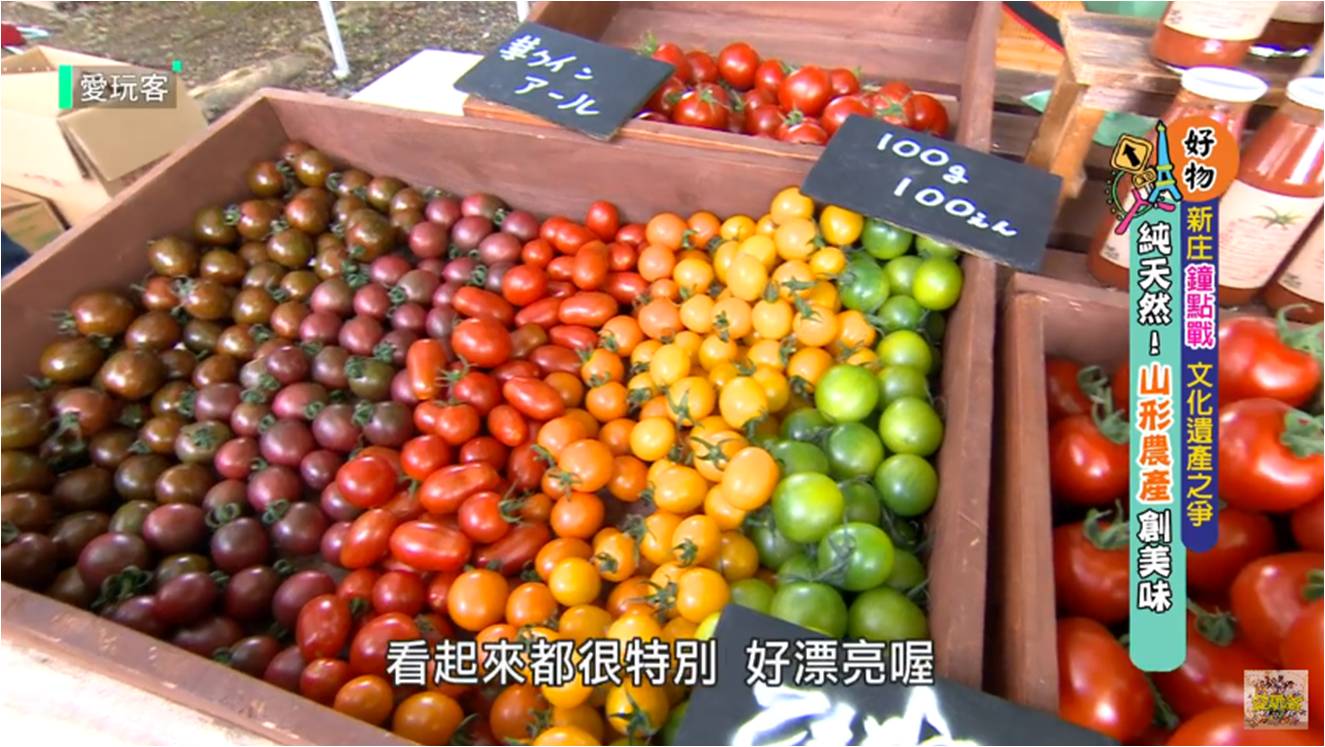
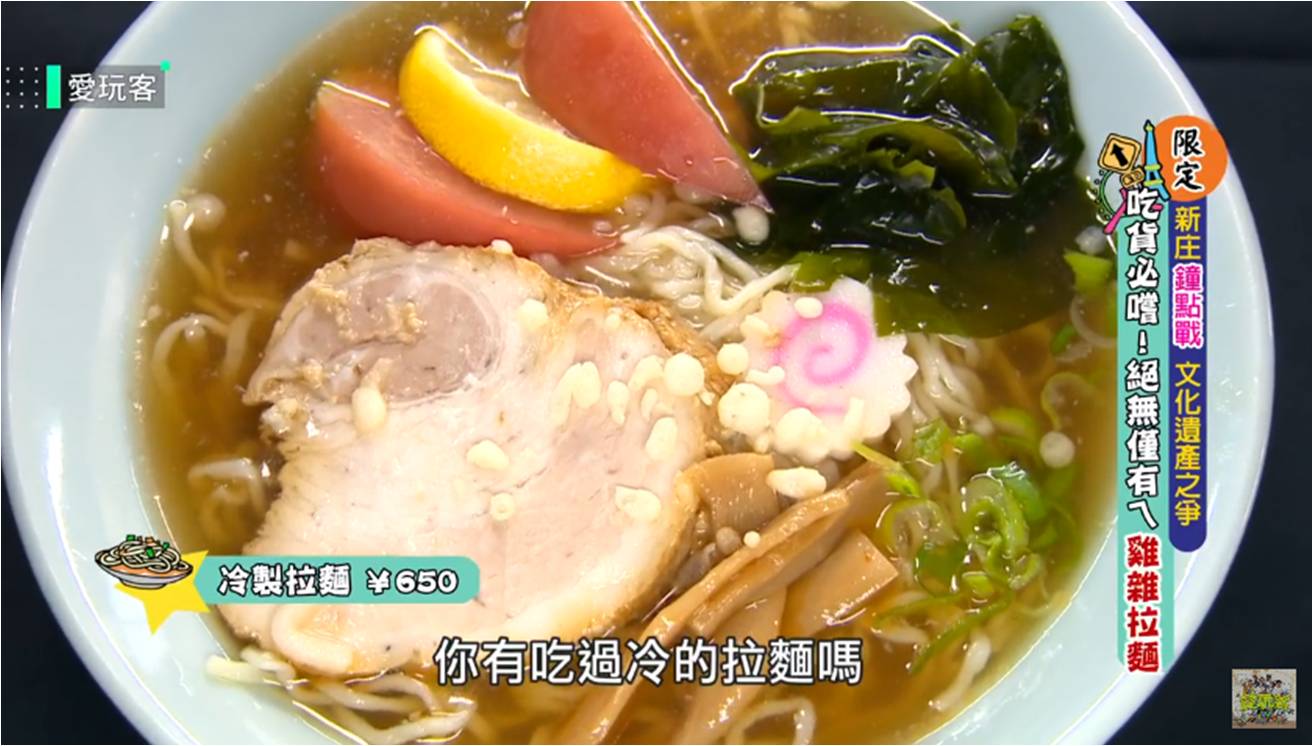
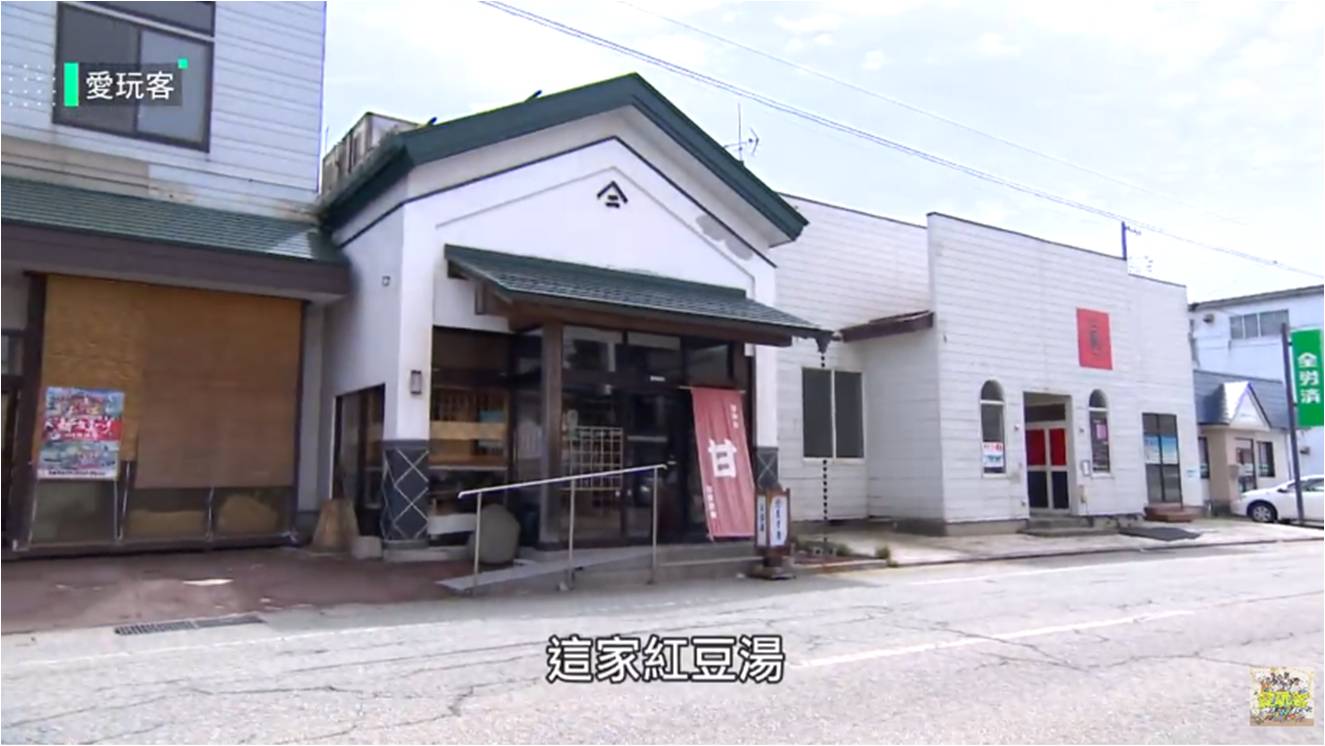
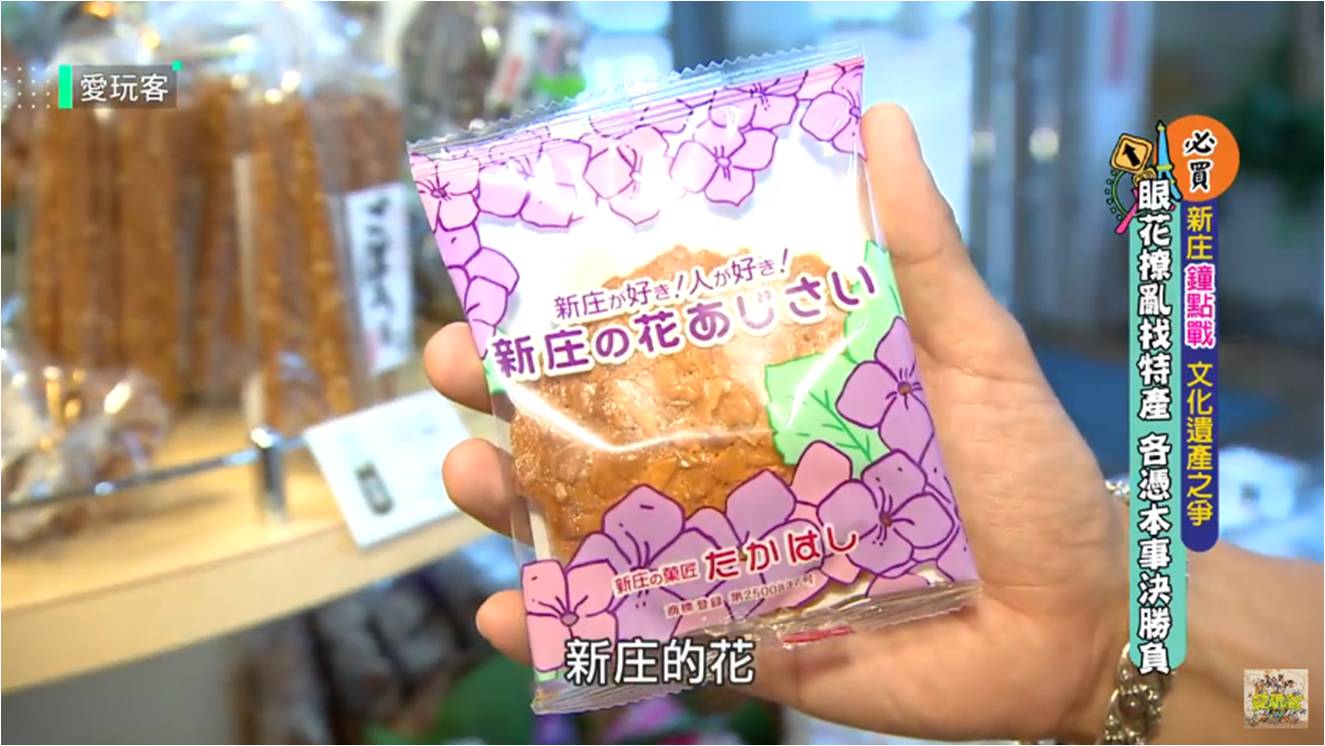
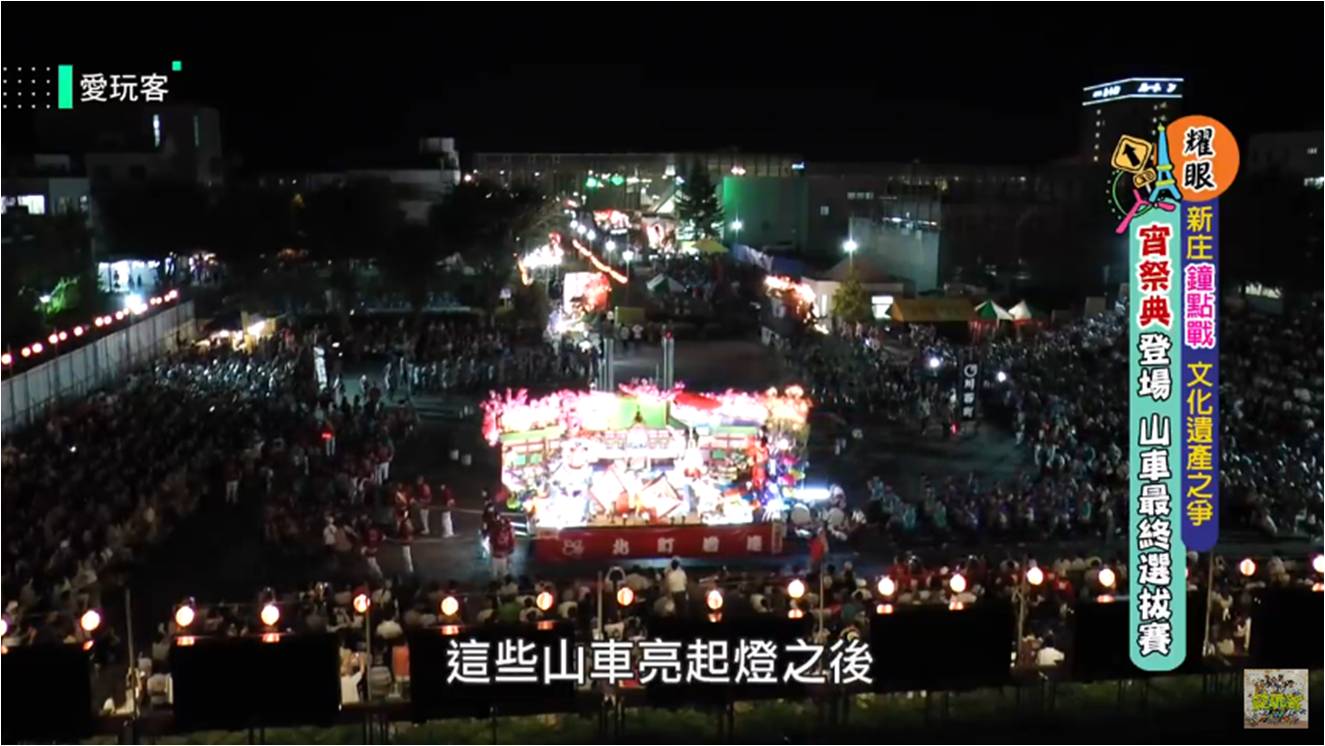
台湾 三立電視台『愛玩客(i walker)』の旅
First part

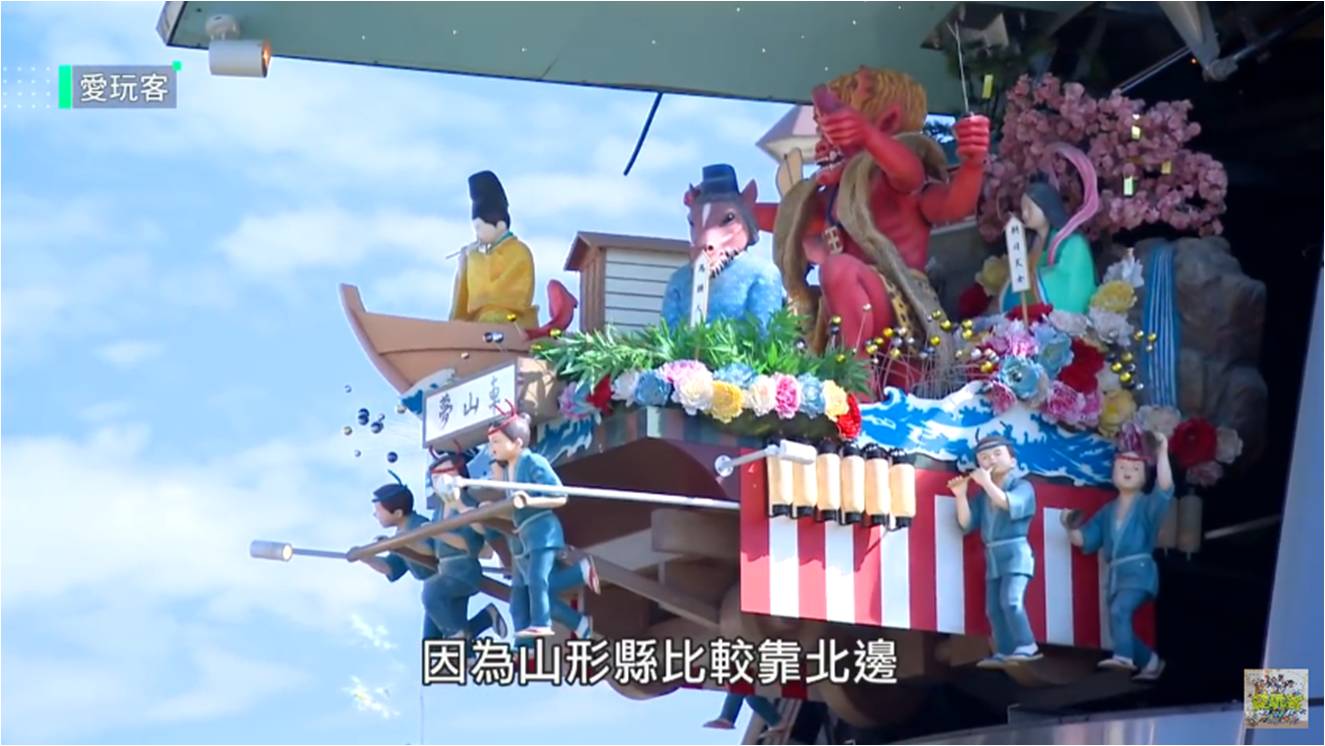
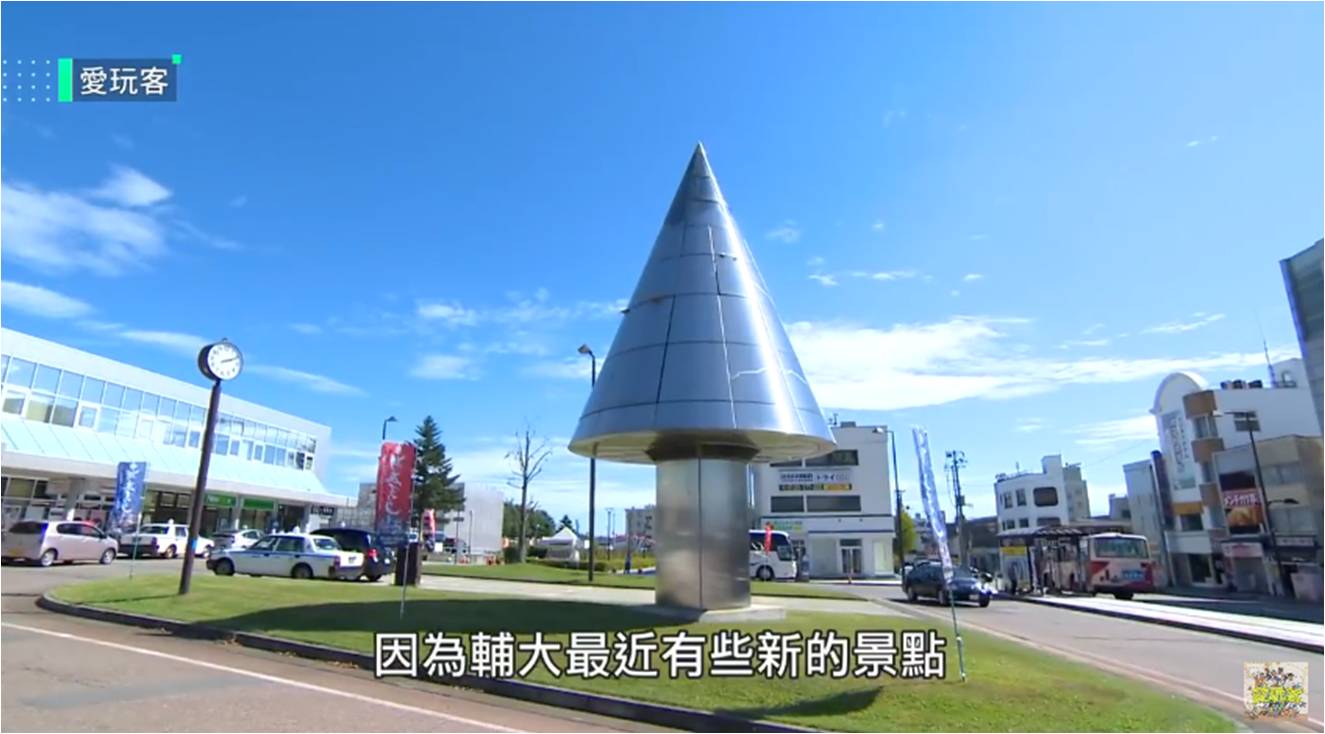
Shinjo station mechanical clock
The large steel fir tree-shaped clock monument is in the center of the roundabout in front of Shinjo station (terminal of the Yamagata shinkansen). At the stroke of noon, 3 pm and 6 pm everyday, a door opens and a miniaturized clockwork model of a Shinjo matsuri festival float comes out of the fir tree to the accompaniment of traditional festival music. The exterior of Shinjo station is modern steel and glass.

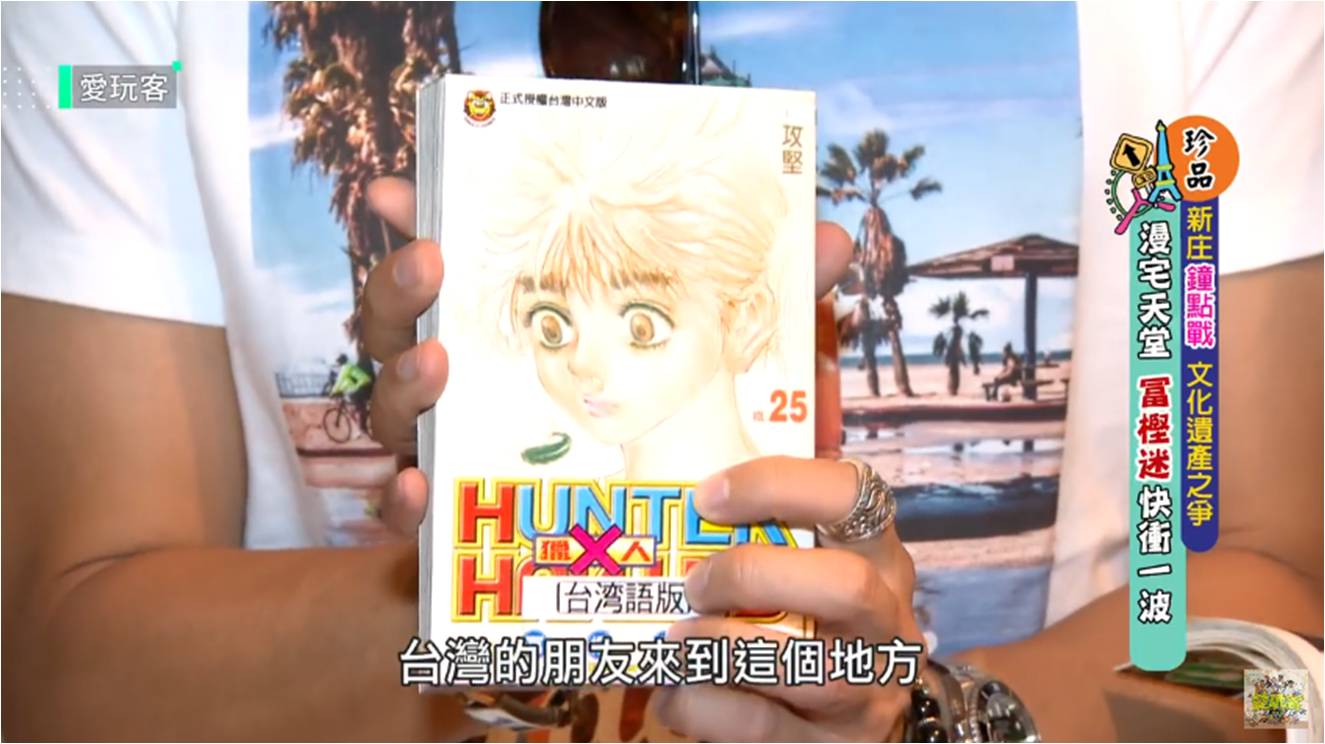
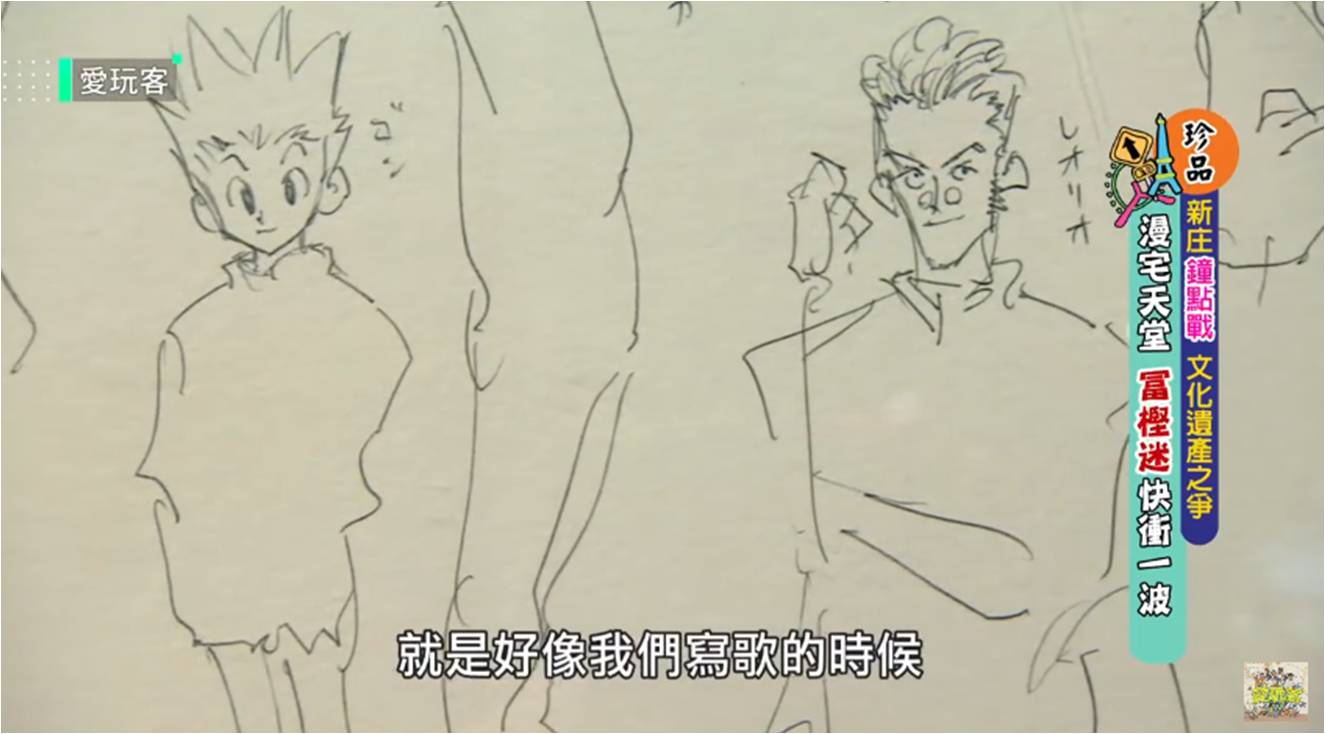
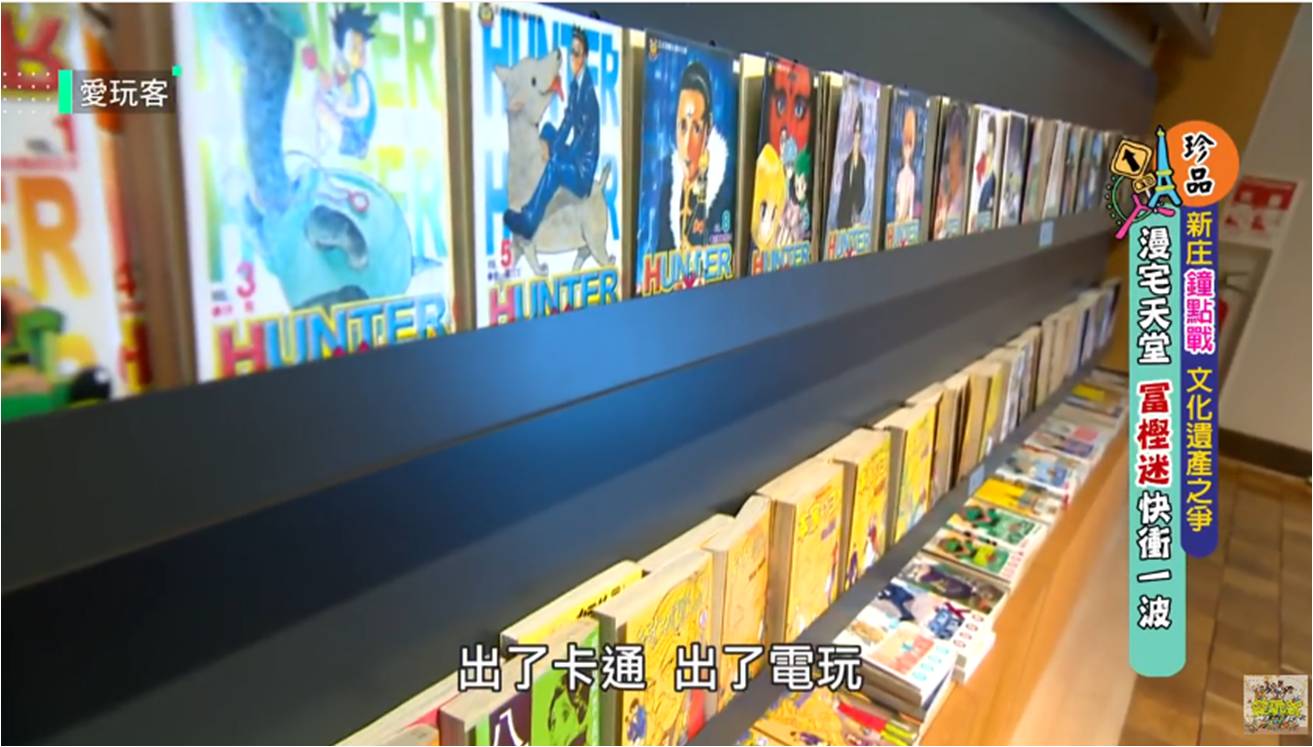
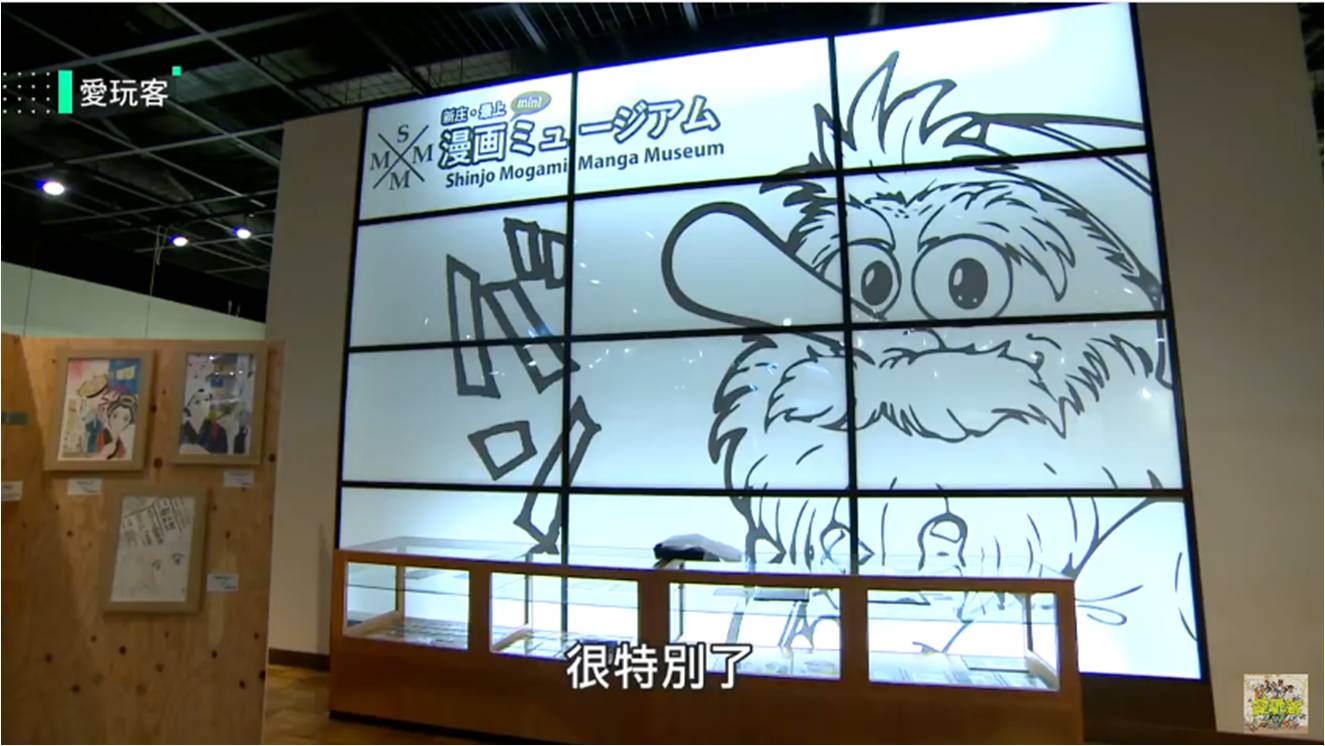
Shinjo Mogami Manga Museum
Manga design is one of the most popular cultural trends representing Japan.
On display is the work of talented manga artists from the snow country of the Mogami area.
Scattered throughout the exhibition space are rough drafts of illustrations and large artist autographed cards. The Shinjo Mogami Manga Museum is next to the Mogami experience museum at Yumeria station.
There is a shrine to Kamuten, the Shinjo city mascot character created by Yoshihiro Togashi from Shinjo.
If you scan the Kamuten QR code, you can get a fun paper fortune and have your picture taken in a photo frame board.

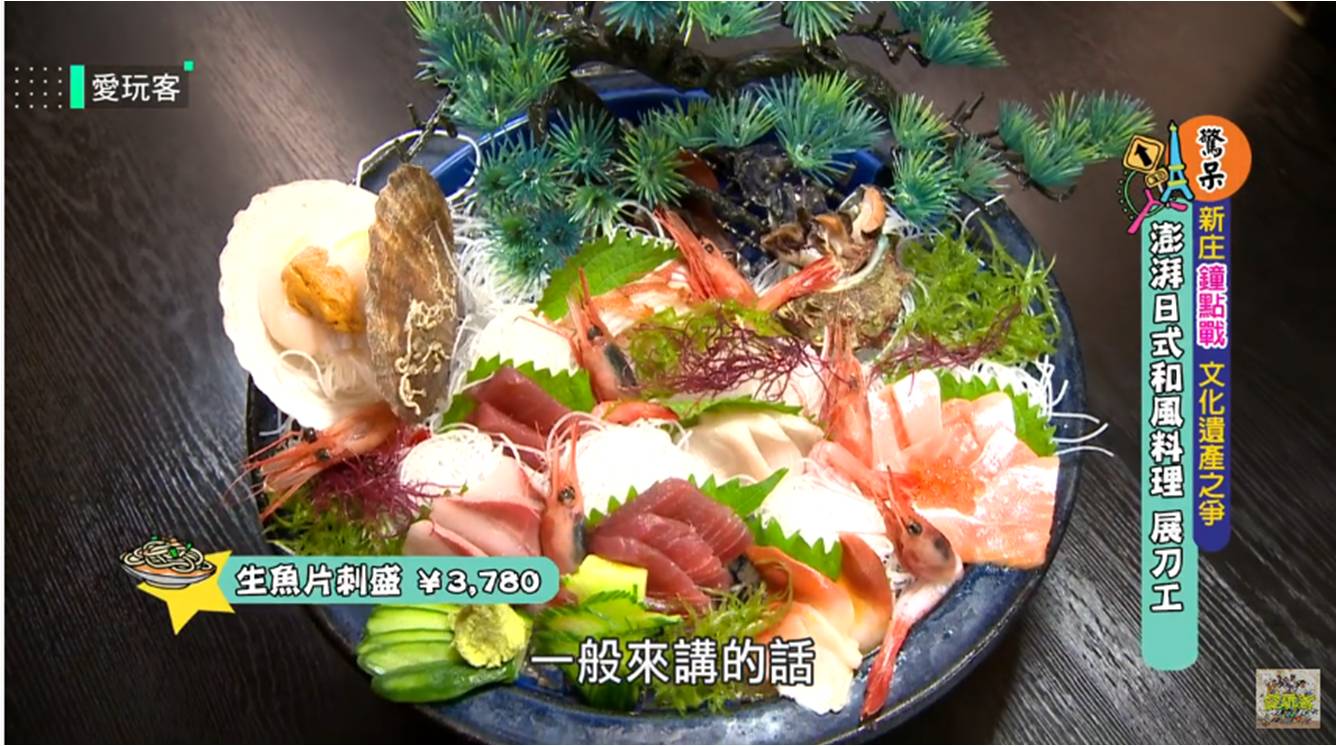
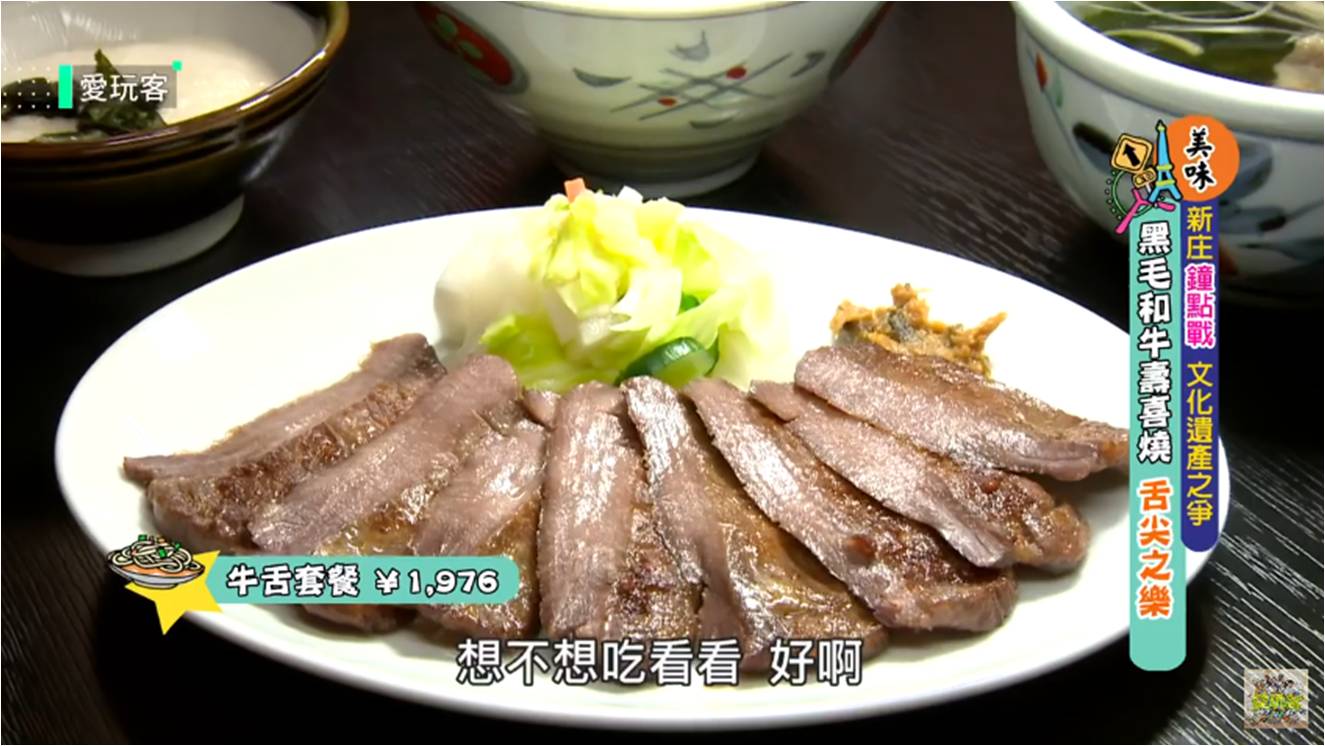
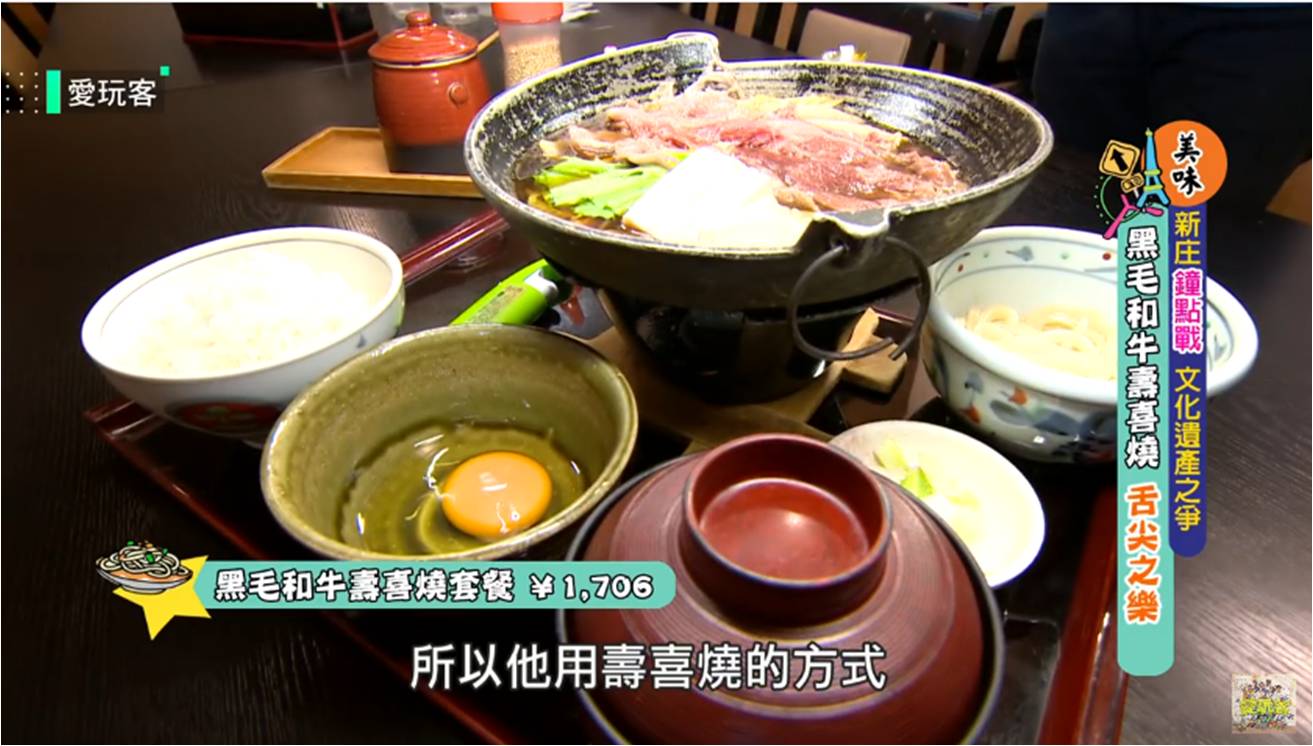
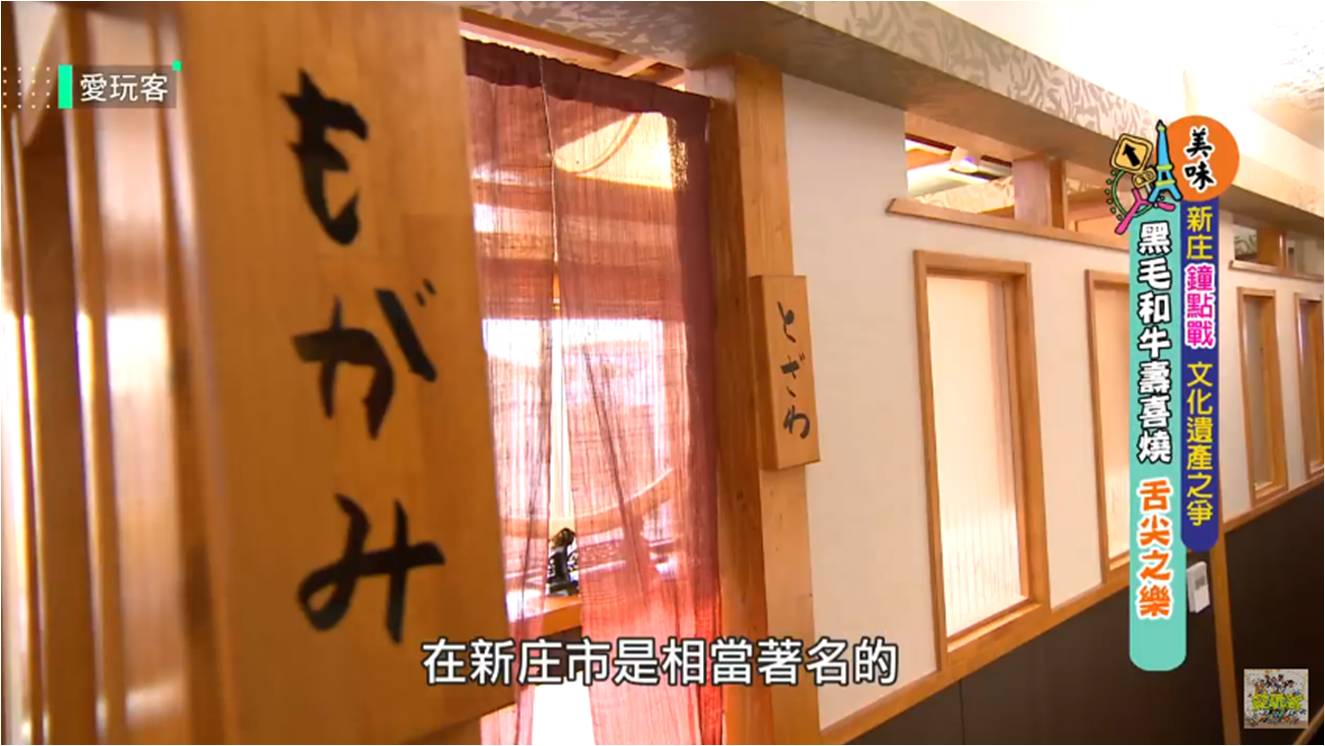
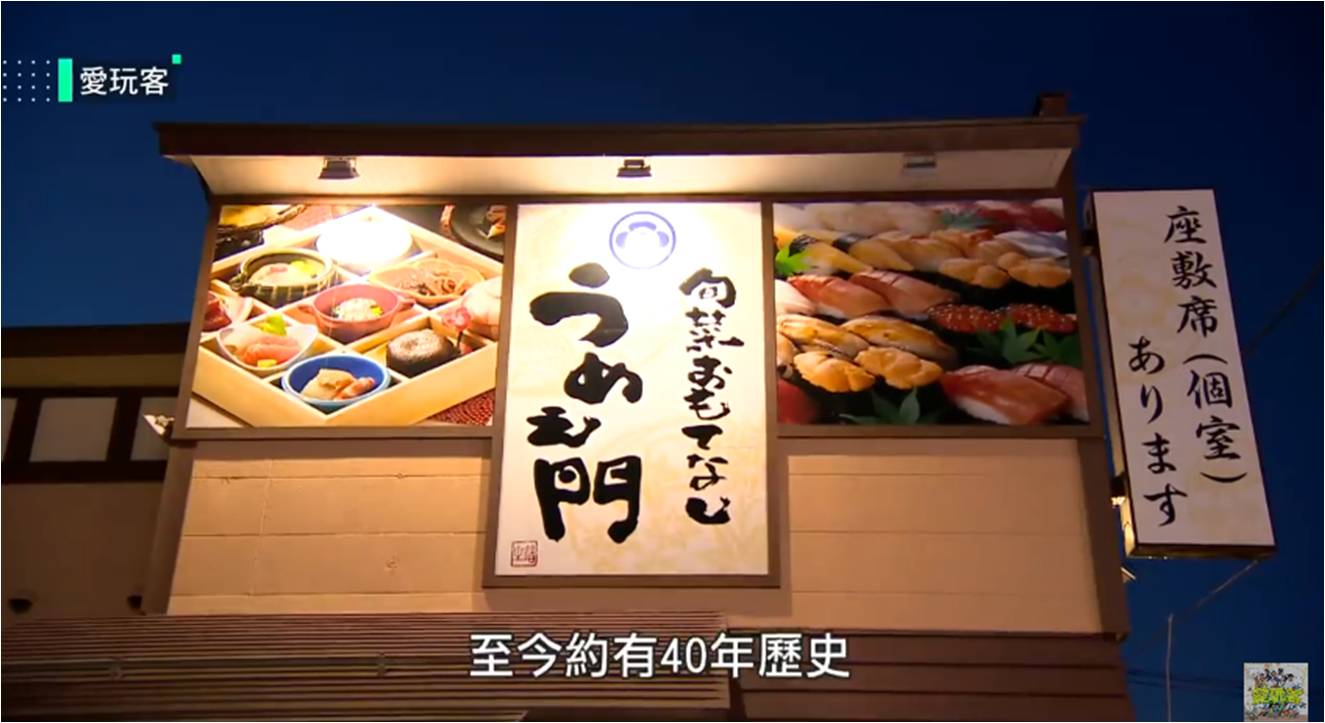

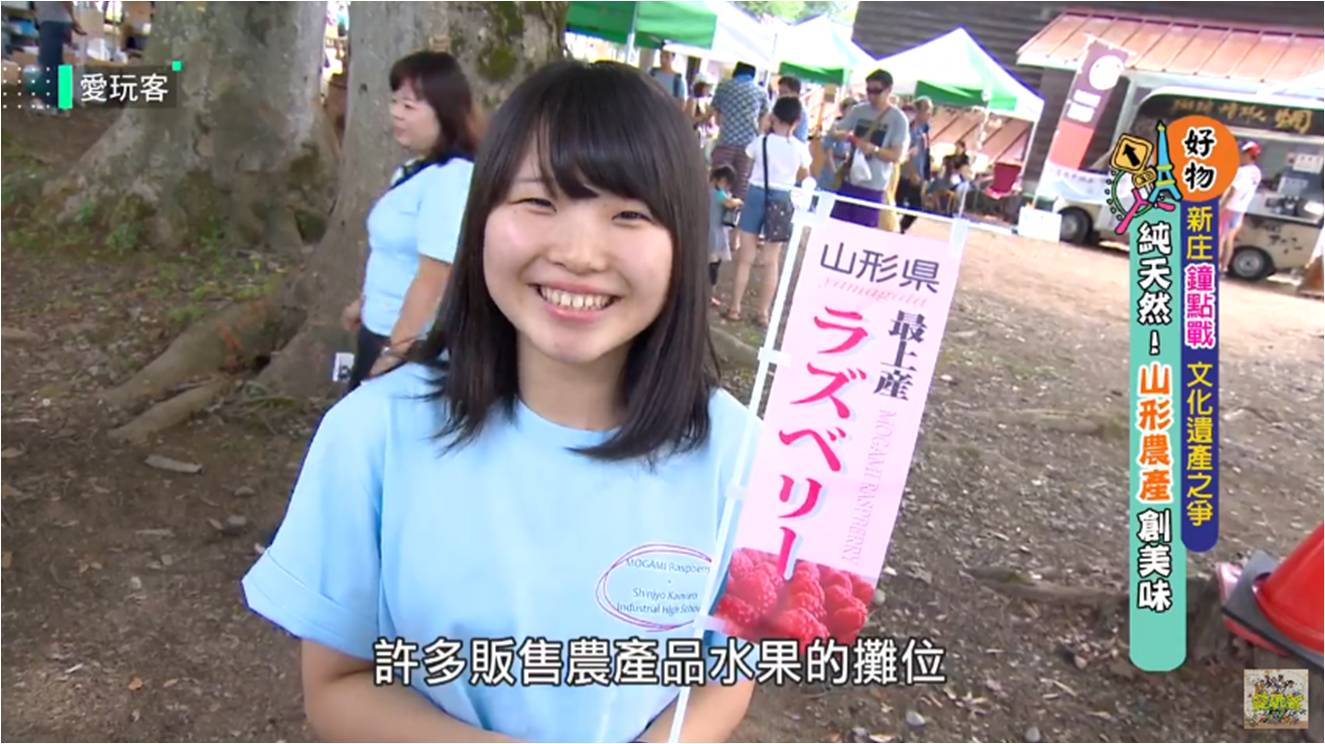
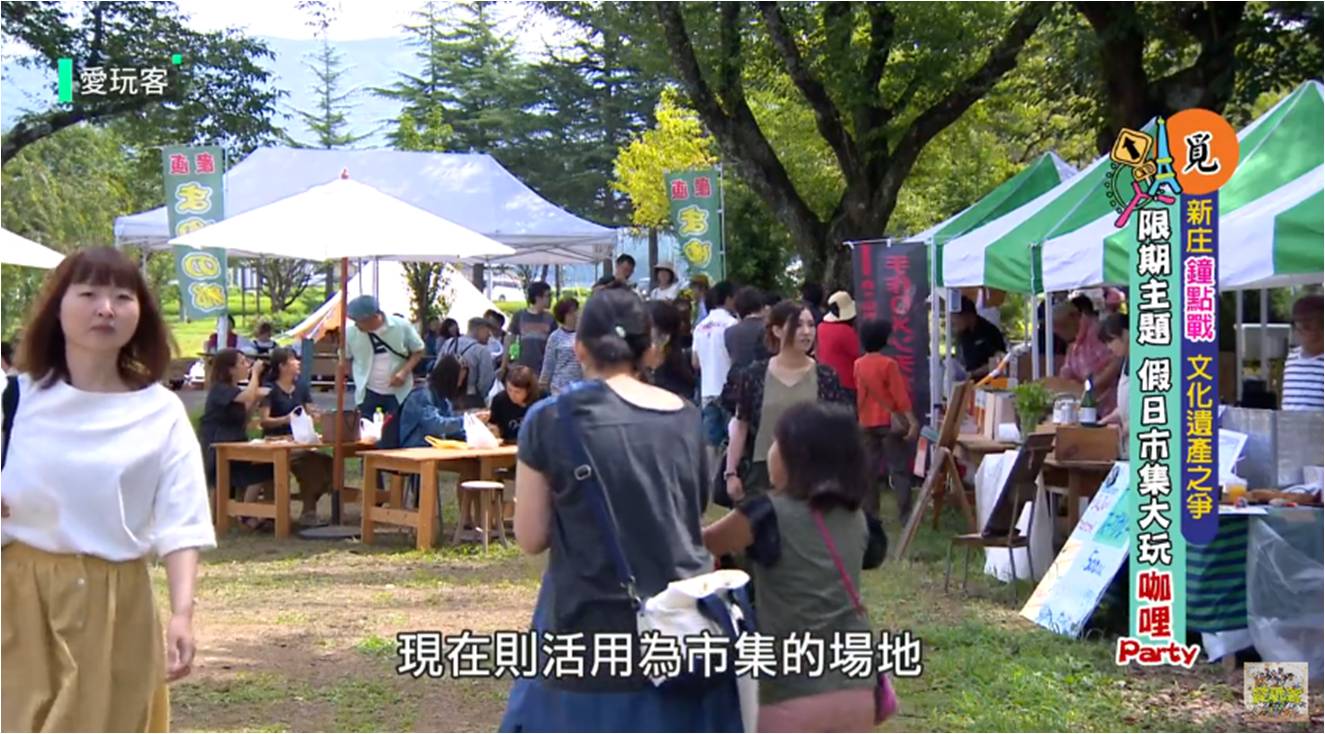

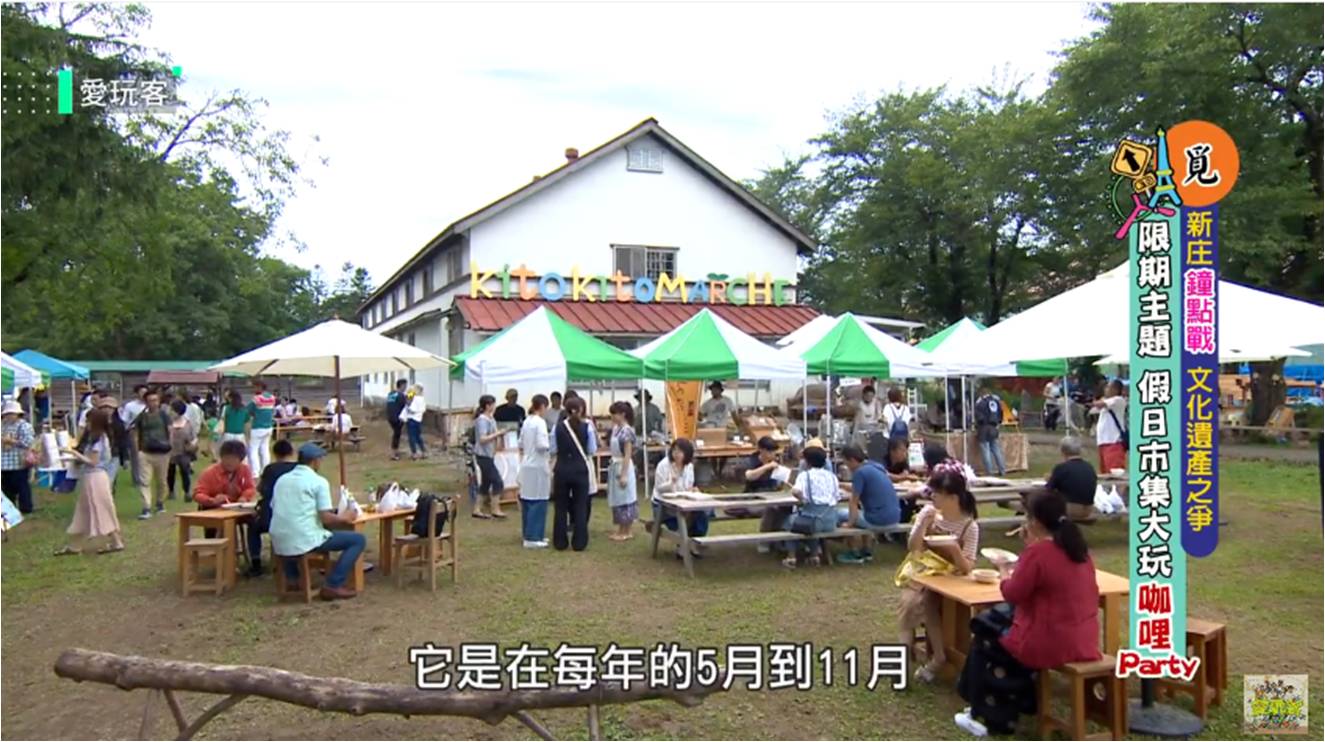
Kitokito Marche
The Kitokito Marche provides a great chance for catch and throw exchanges between creators and visitors through conversation and communication. Both vendors and shoppers understand flowers, vegetables, agriculture, foods and crafts. Kitokito Marche is broadening its community base and is preparing to offer various workshops so that visitors will be able to experience making traditional folk crafts, doing field work studies and so on.

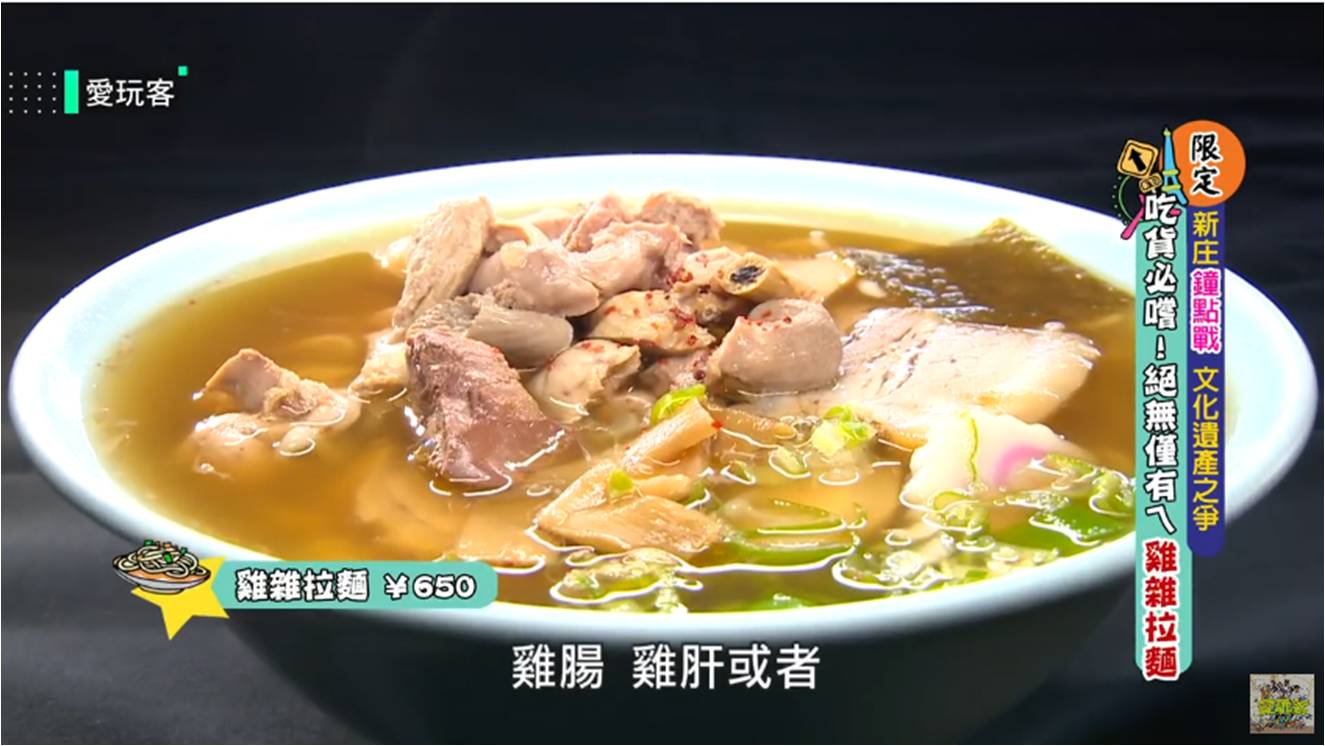
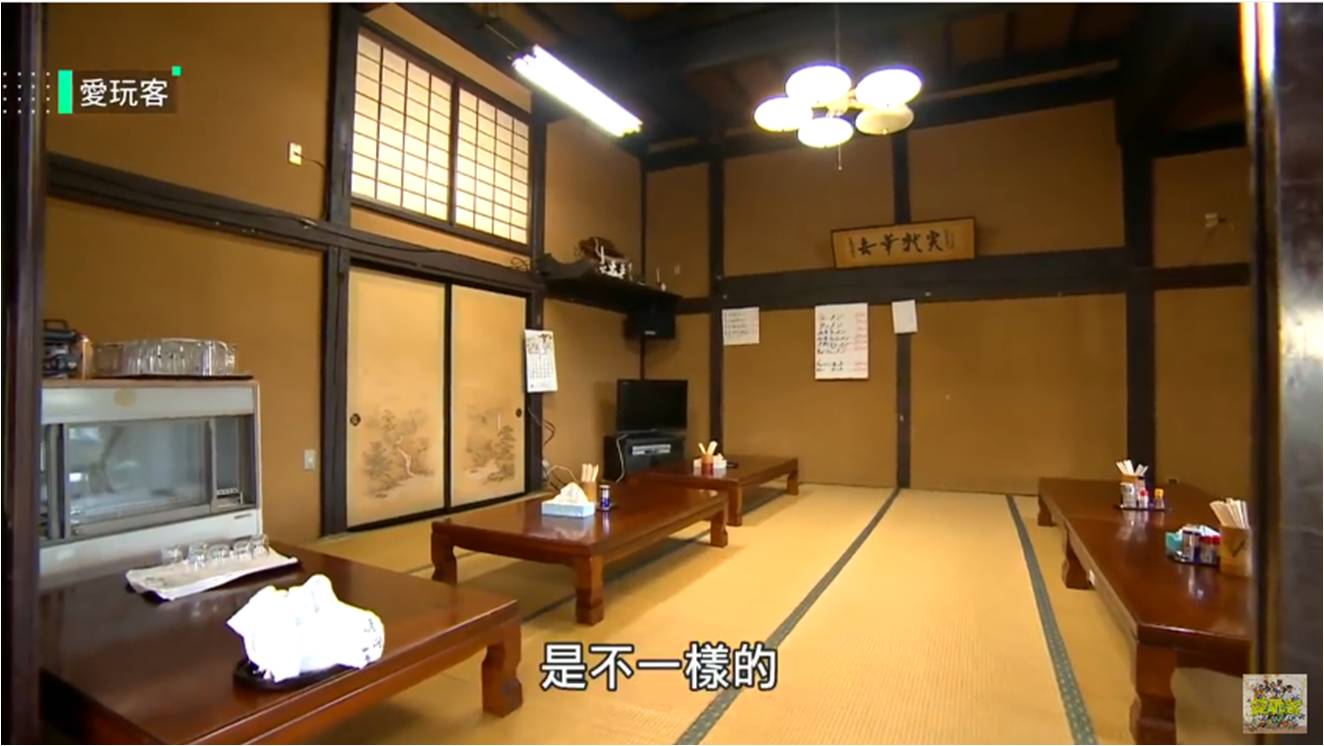
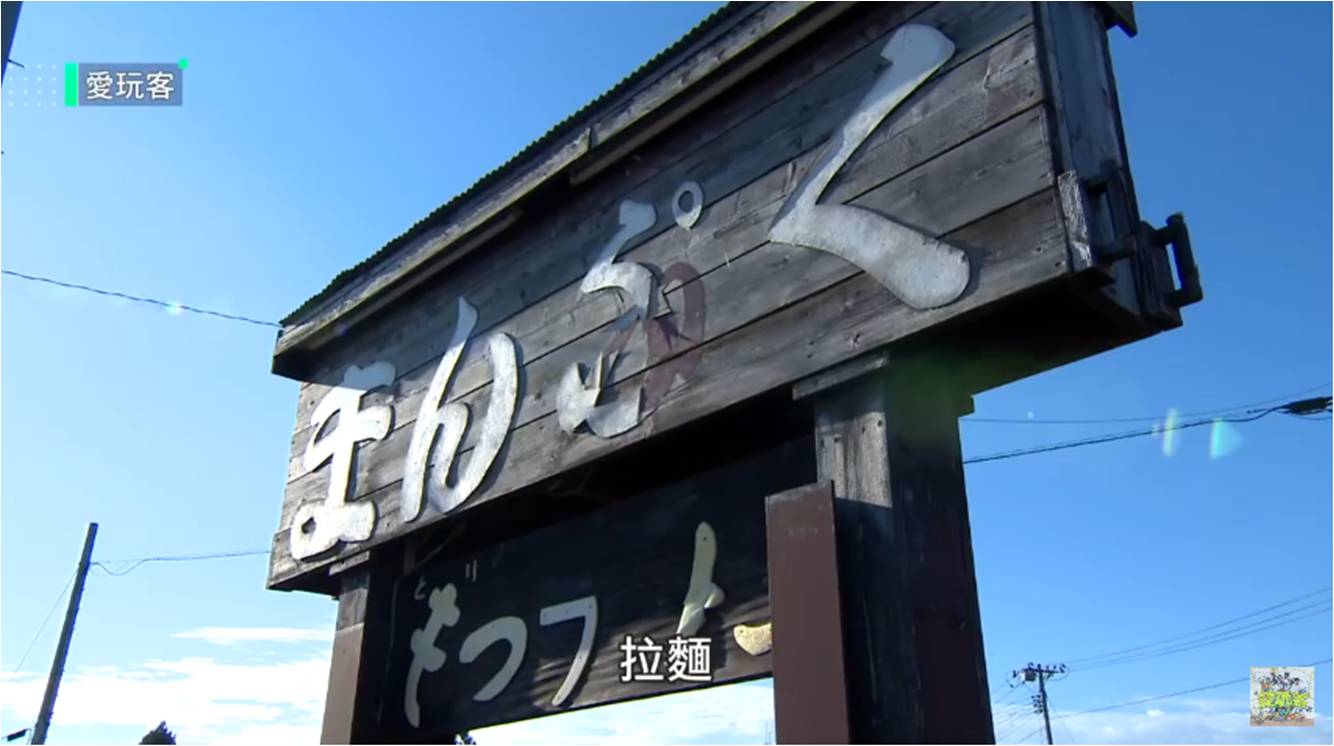
Manpuku
You should call the restaurant before going there to check if it is open or not.
Manpuku is a ramen shop in a suburb of Shinjo along route 13.The building makes us feel that we are in old Japan.
A married couple runs the shop and they serve popular home style menus.

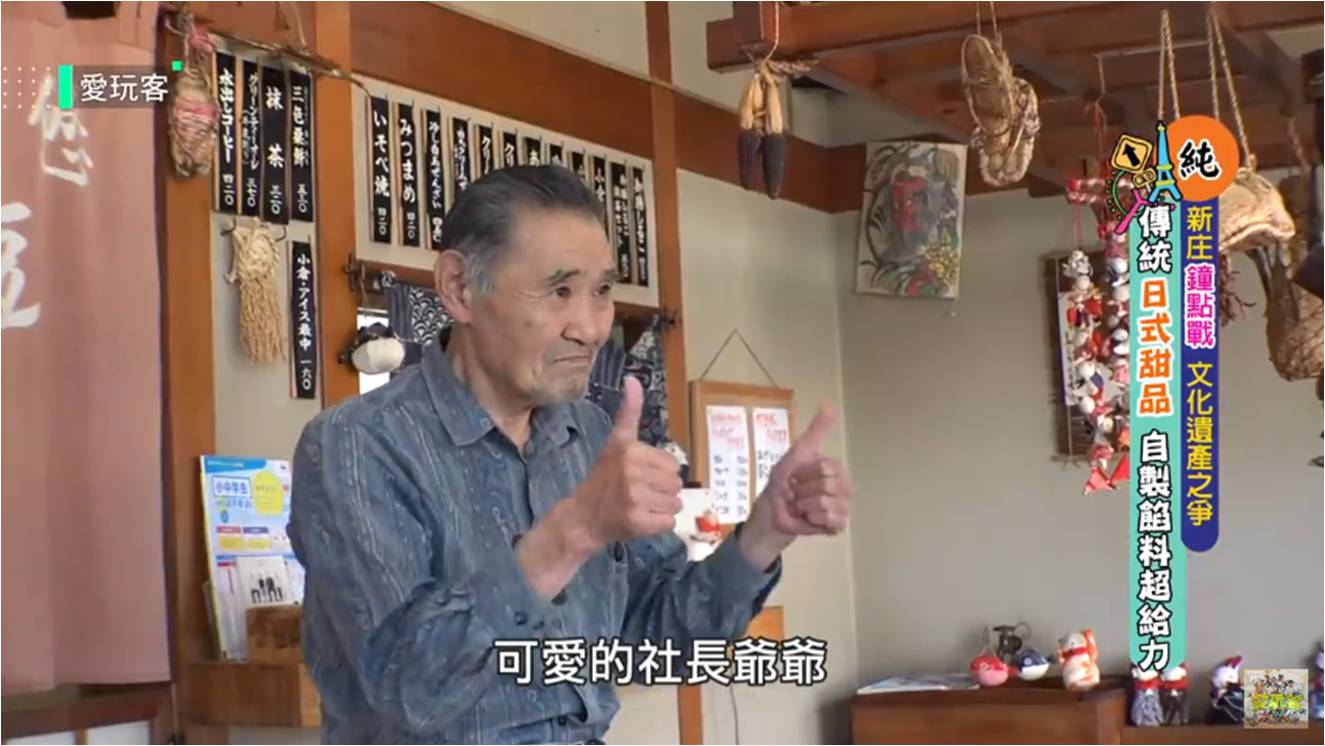
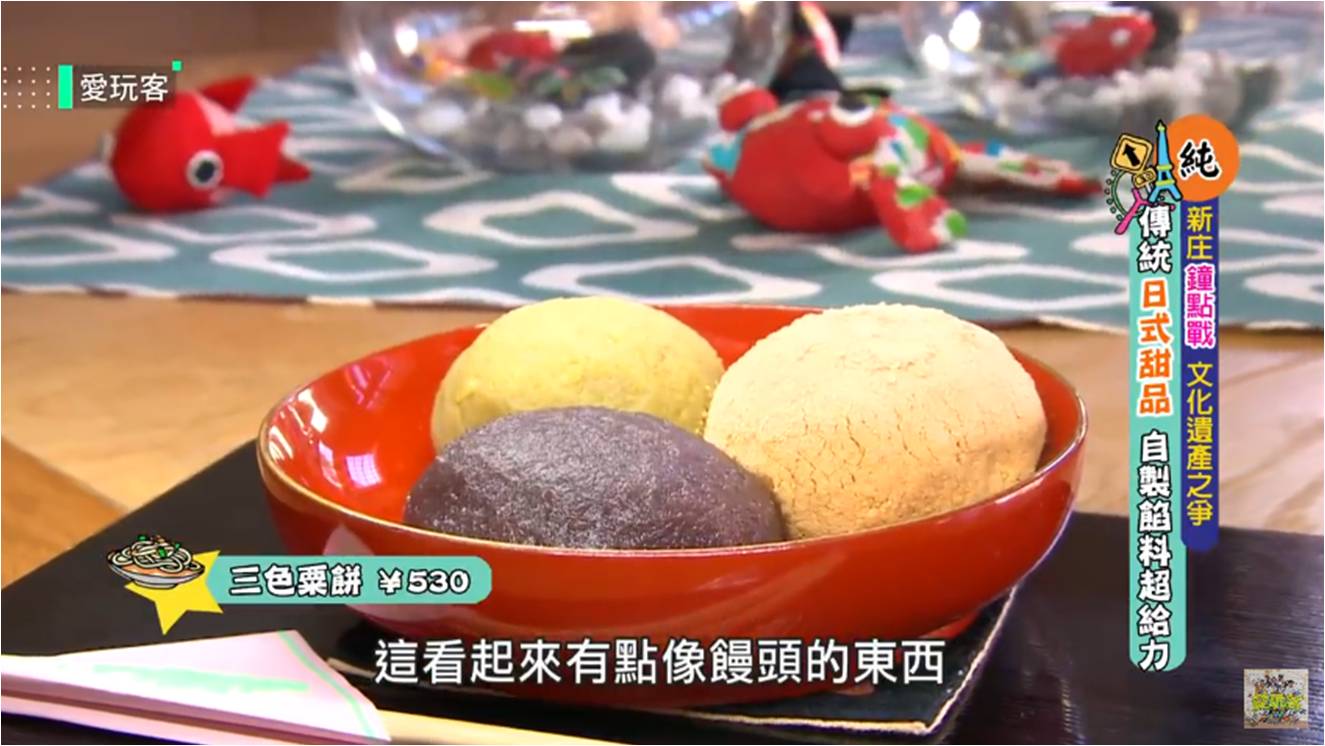
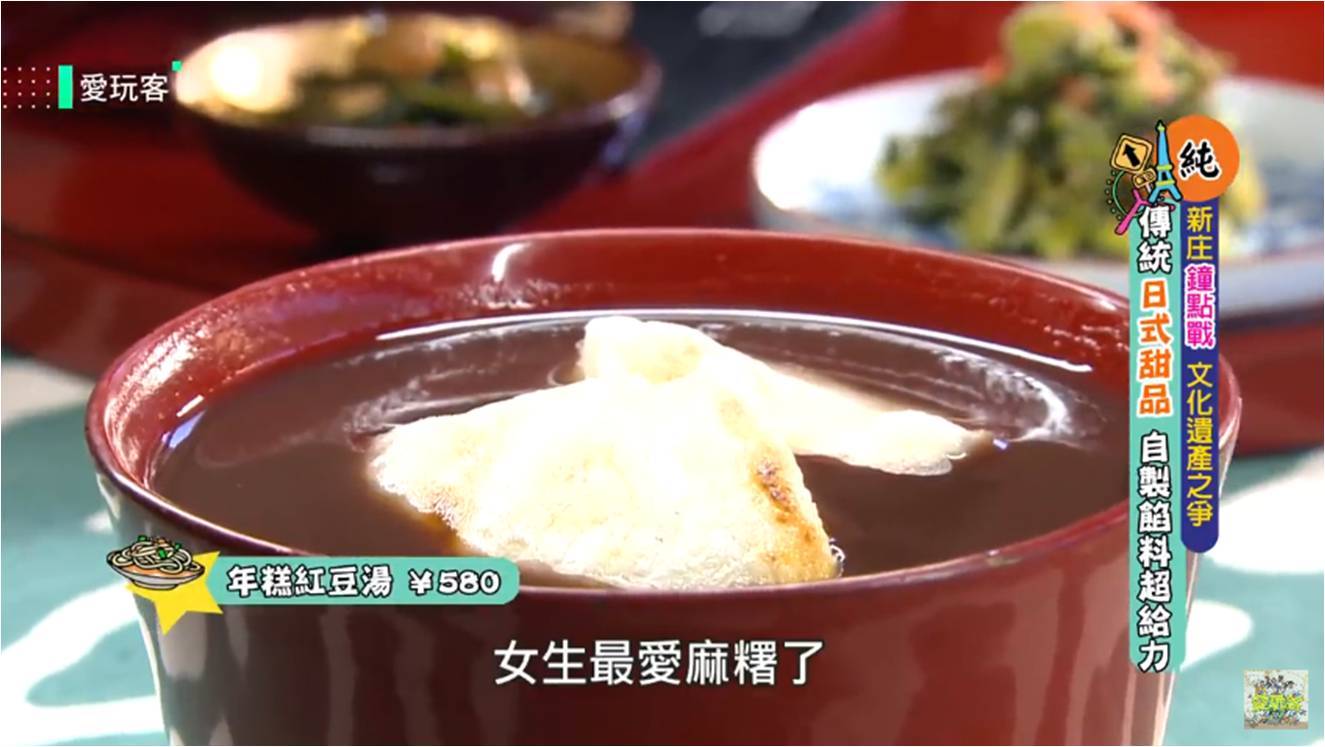
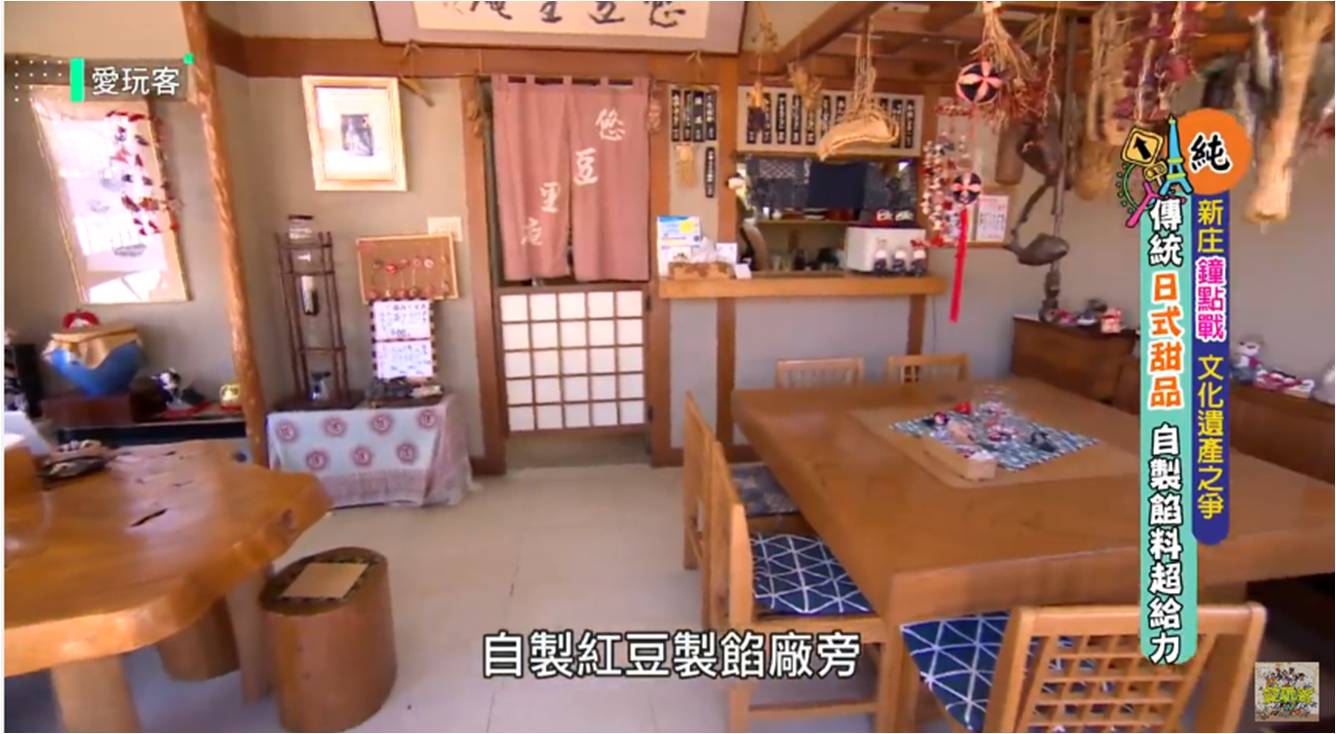
Yutorian
Yutorian, a traditional Japanese sweets shop, run by the Sato bean paste factory, has been open for 78 years. It is famous for nodoyake dango (sweet dumplings). The “irori” (open charcoal hearth without chimney) creates a calm and peaceful atmosphere. Ankoya (sweet bean paste shop) has superb treats.

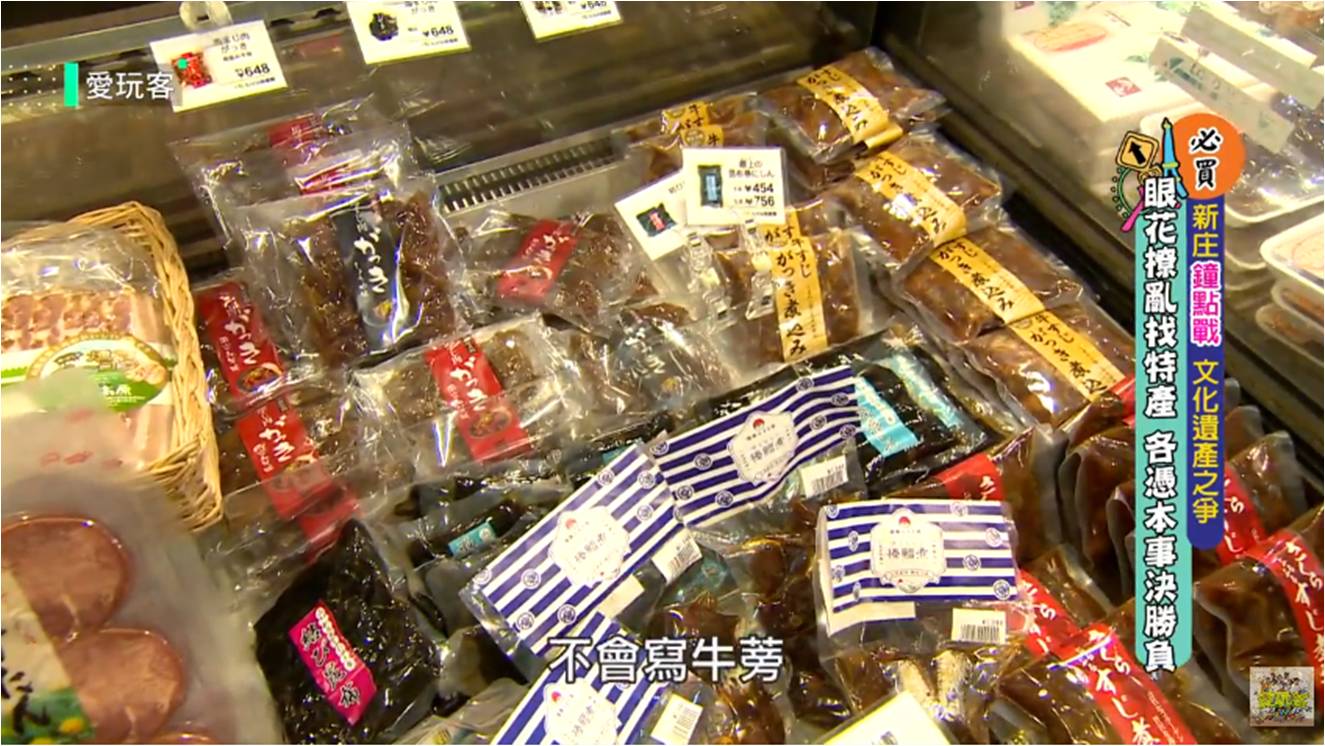
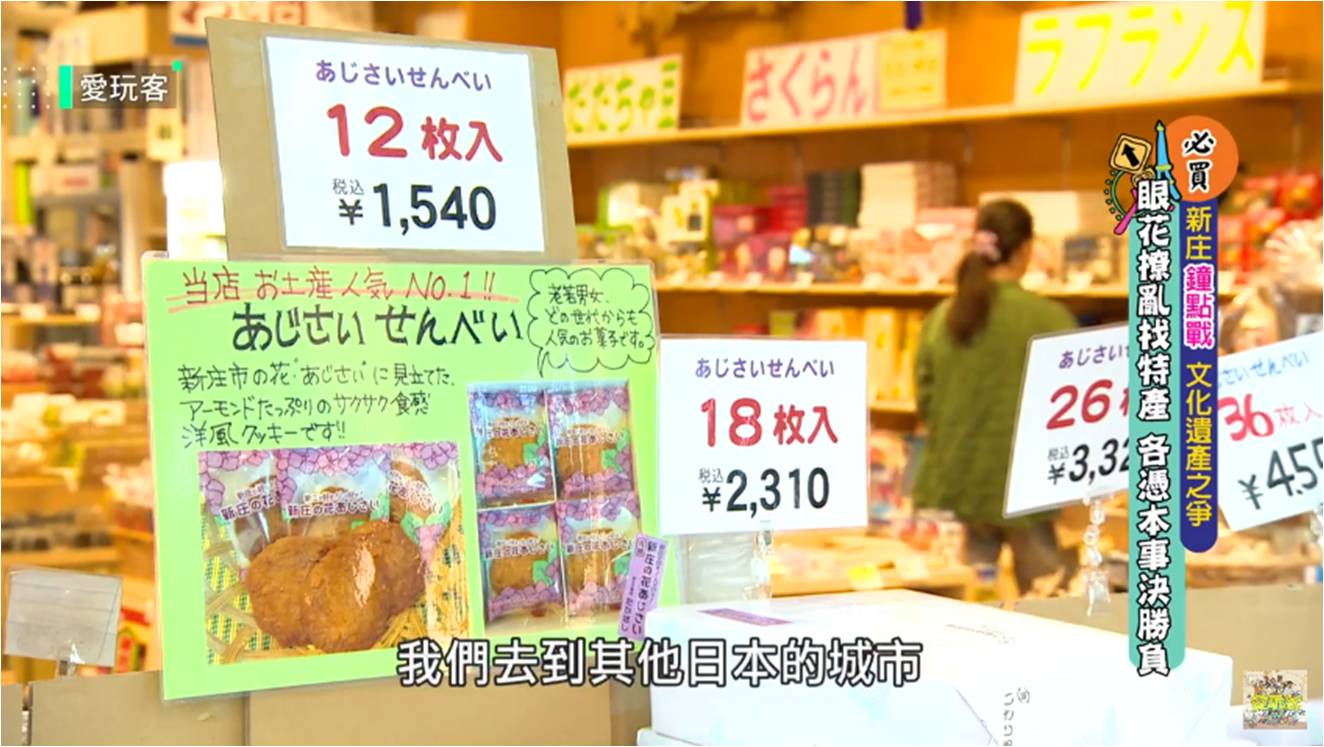
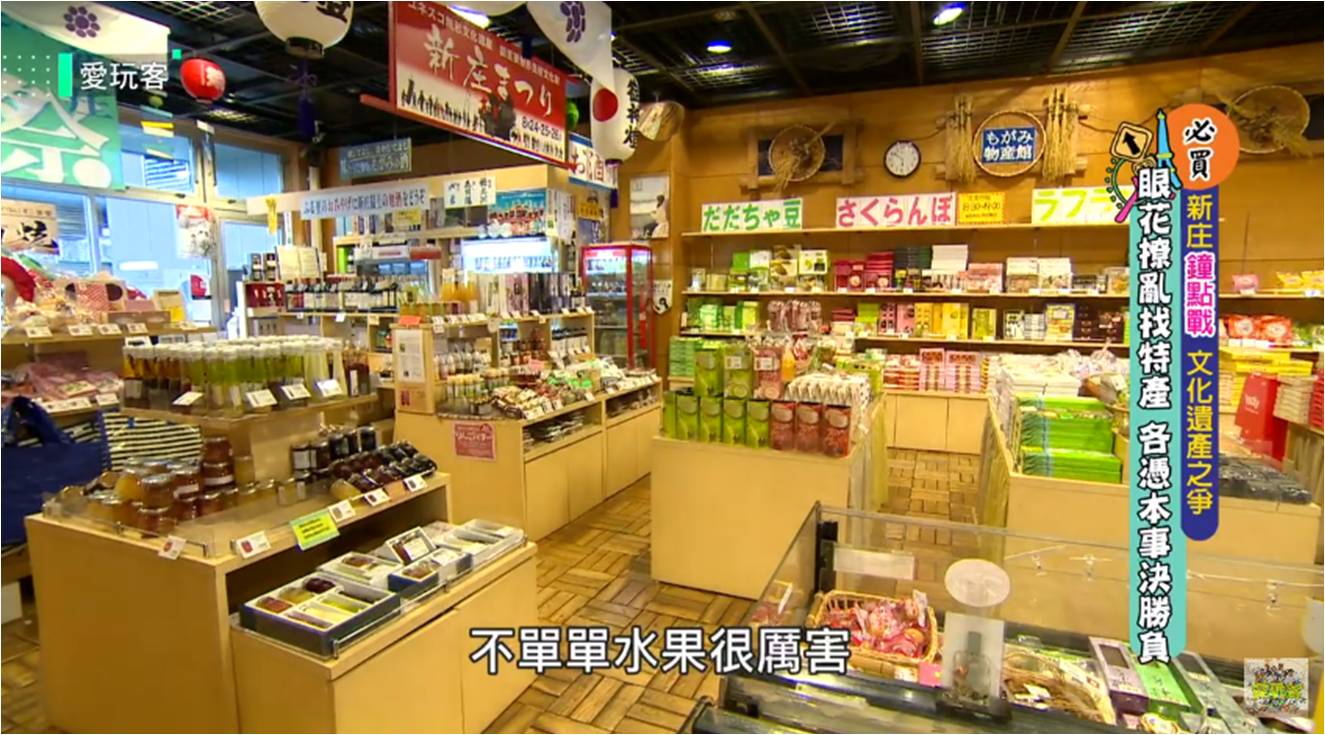
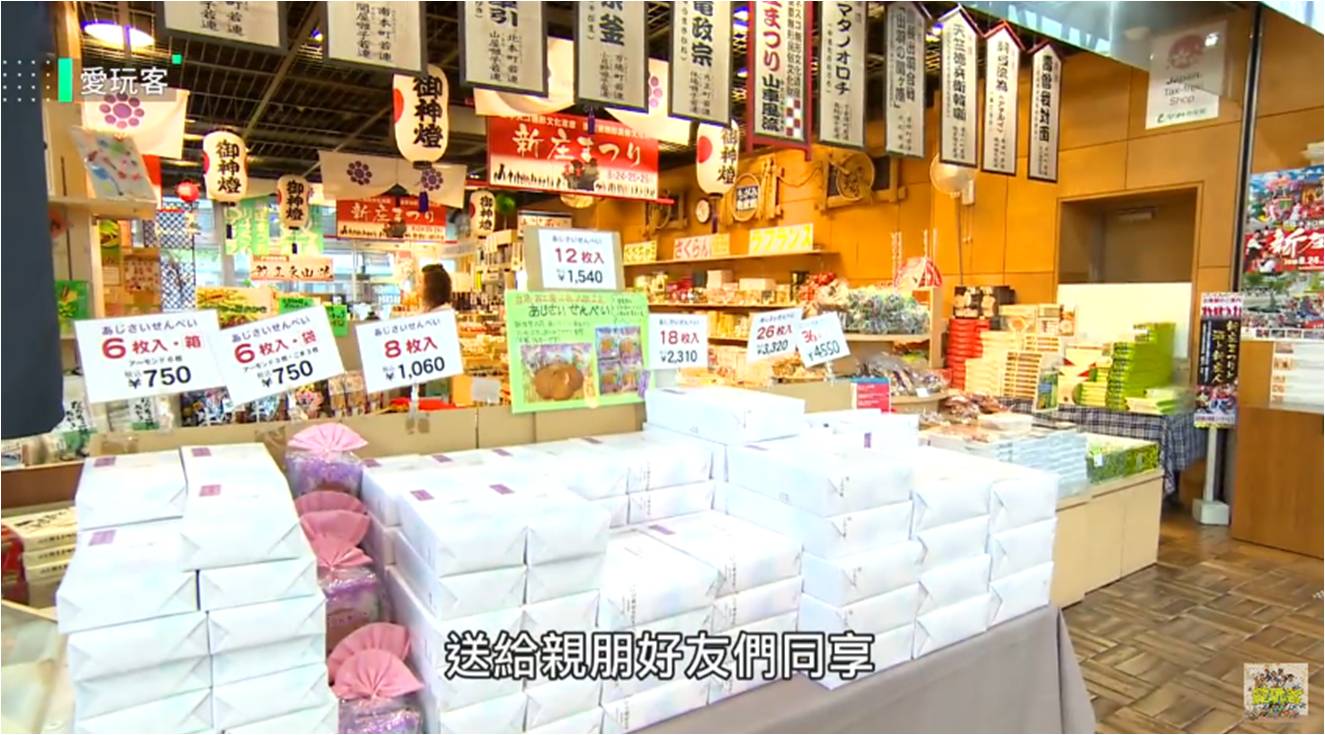
Mogami Bussanman souvenir shop
Located in the JR Shinjo station. Almost all the products for sale (foods, fruits, pickles, juices, etc.) are from the Mogami area - about 2,000 locally sourced items, local boutique branded sake, kujiramochi (traditional steamed sweet rice paste treat) preserves and other longer-shelf life food products. An attentive staff is looking forward to seeing you. Moreover, traditional folk crafts have been updated to appeal to younger shoppers. Other items are available according to the season.

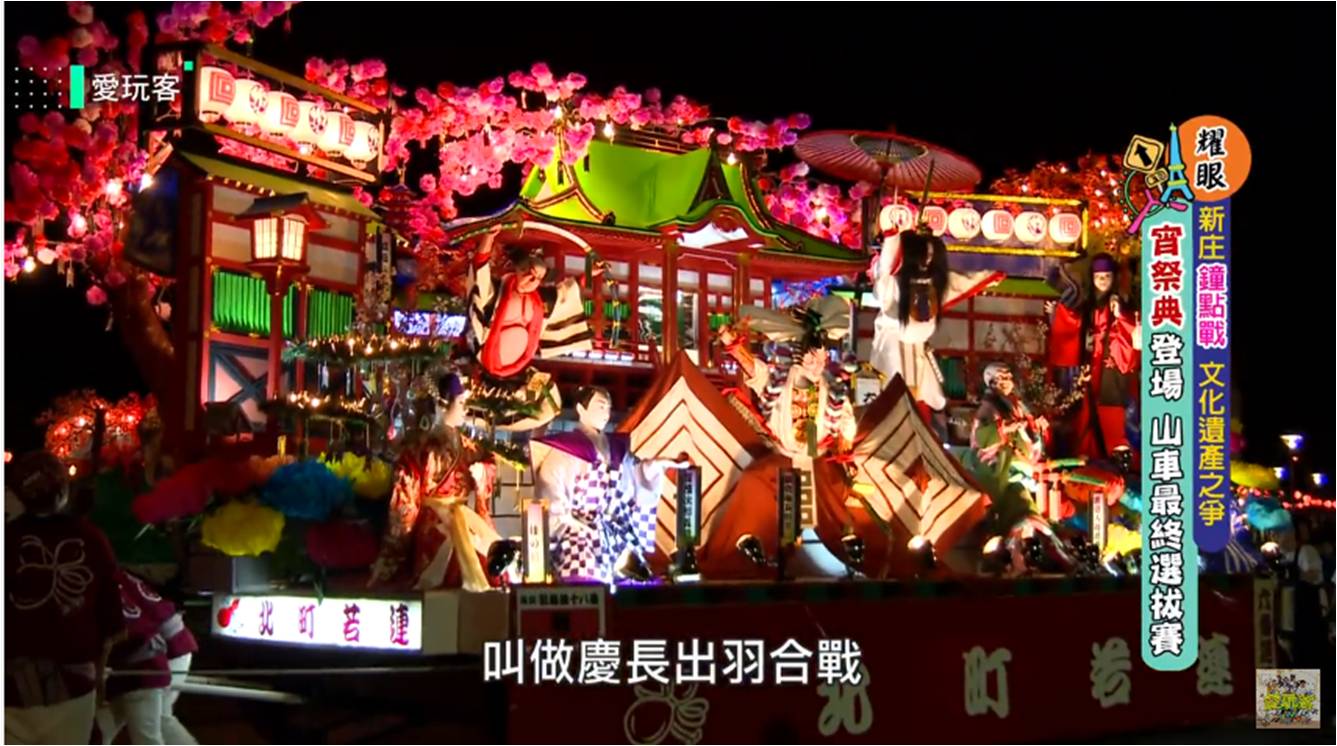

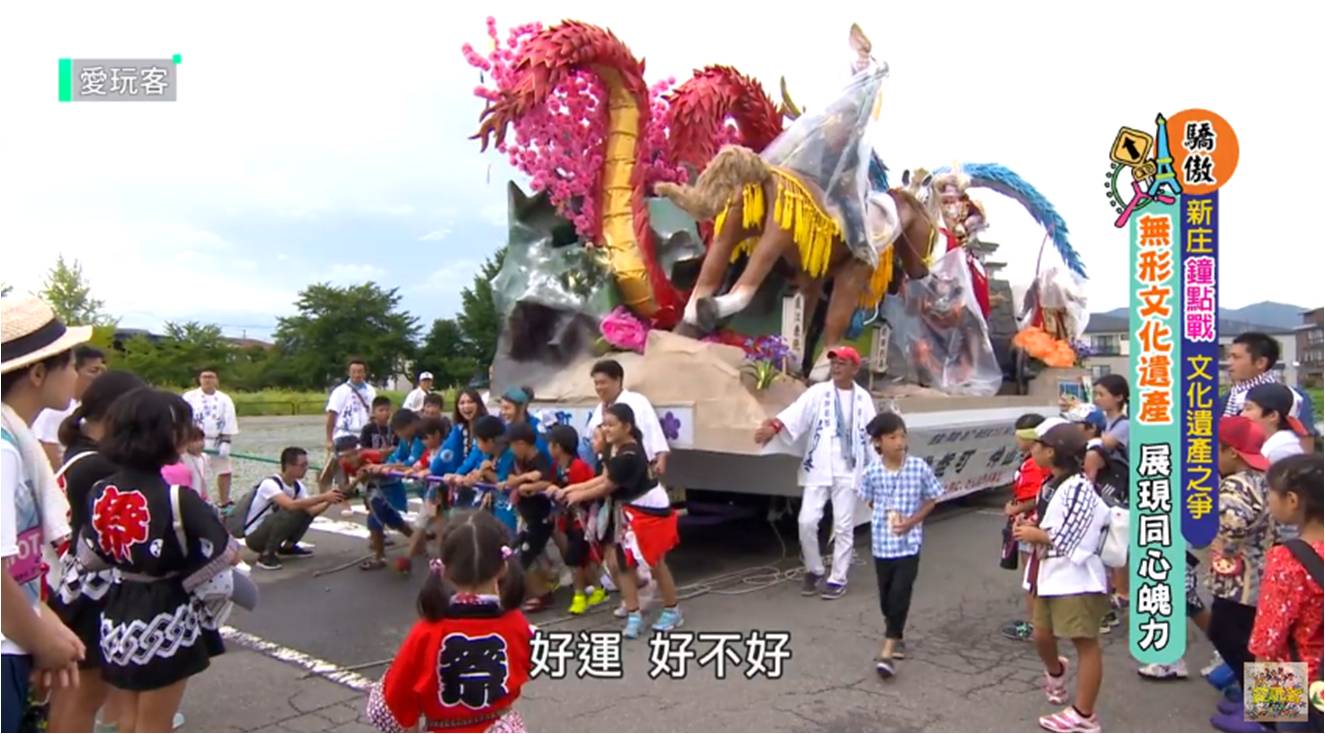
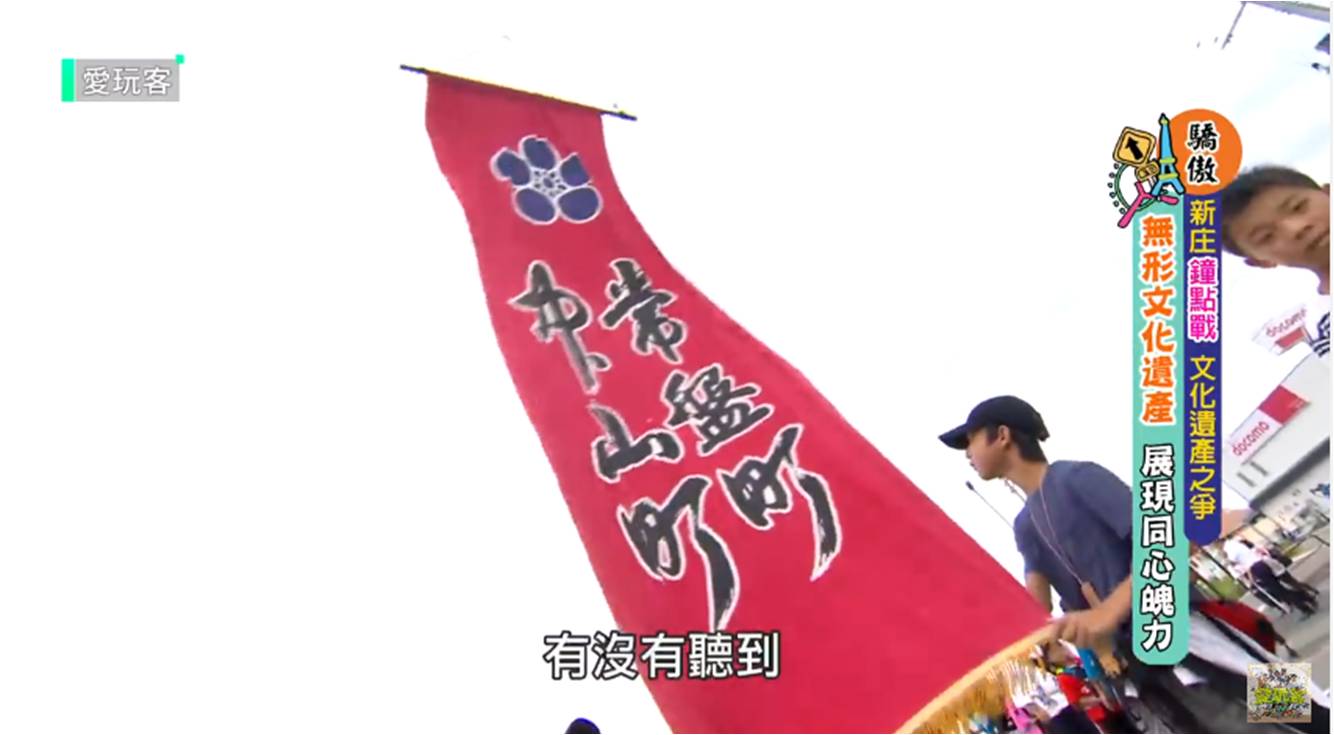
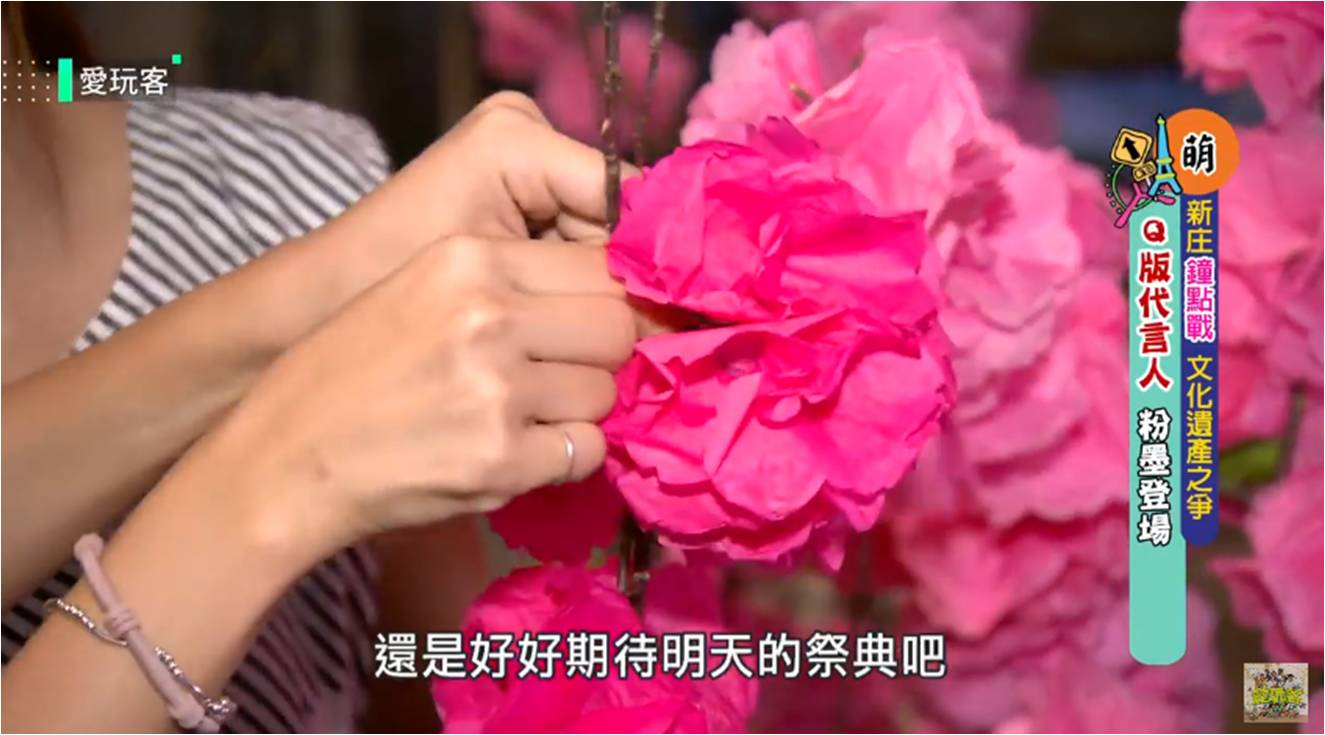
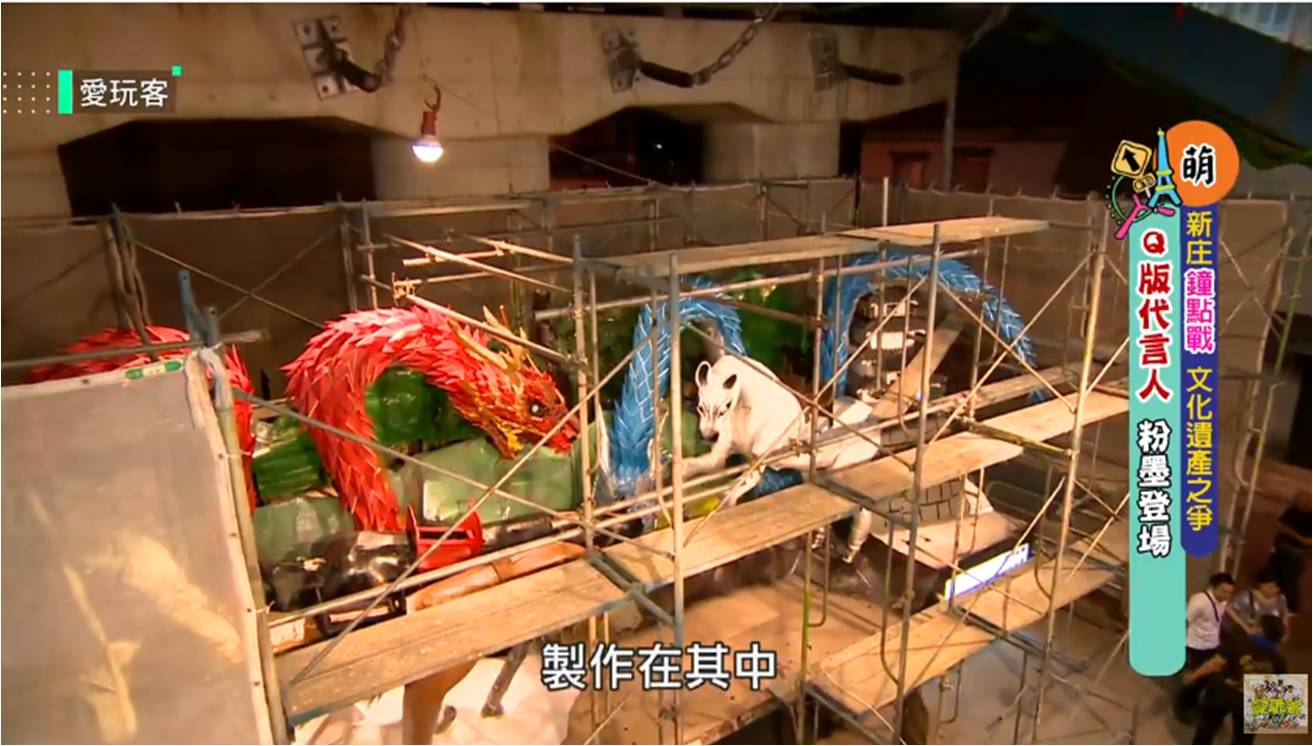
Shinjo Matsuri Festival
Every year, the Shinjo festival is held for the three days of August 24th- 26th. The city festival coincides with the festival of Tenmangu at the shrine of the Tozawa family, Shinjo domain’s former rulers. The origin of the Shinjo festival is that a series of poor harvests led the Tozawa Lord Masanobu (the fifth clan head) to organize the festival in order to inspire and raise people’s spirits, and to pray for an abundant harvest.
The 2018 festival was the 262th time the festival has been held. Over its long history the festival has gradually changed. However, one thing that never changes is people’s passion for the festival. Twenty festival car floats compete for the top prize at the Yoi matsuri festival and Hon matsuri festival. There is also a traditional Mikoshi (portable shrine) procession parade, and the Hagino shishi antelope dance and the Nitayama shishi antelope dance are gracefully presented in the former Shinjo castle grounds. The festival floats interpret famous Japanese historical narratives or kabuki stories. These are engraved in the local collective memory to be passed on to future generations. Lively and impressive parades continue for three days. Hayashi musical accompaniment is the sound of summer in Shinjo as neighborhood performers practice in the evenings to get ready for being named best at the exciting festival finale.
[Date]
August 24th-26th
[Location]
central Shinjo
